The 46th Leitz Auction takes place in Wetzlar on Friday, June 27. This will also be a special event to mark the 100th anniversary of the launch of the Leica camera. I hope to be at the auction and to be a bidder, but not, I suspect, for the top item, which is the 0 series camera No. 112 from 1923, making it 102 years old and likely to be extraordinarily expensive.
1. Leica No. 112: The provenance
This camera has a provenance associated with Oskar Barnack. Readers will recall that the 0 Series cameras were not sold, but were rather distributed to trusted parties for testing and then returned to the Wetzlar workshop run by Oskar Barnack and his team.
In the initial distribution of this particular camera, serial No. 112, was assigned to Barnack himself as is shown in this record
And, in his own personal notebook which could well have been entered later
World record price
0 Series No 105, which was also associated with Barnack, was sold in 2022 for a world record price of 14.4 million euros. This was a camera which had originally been assigned to Henri Dumur, a senior Leitz manager and a relation of the Leitz family, and Barnack later assigned it to himself and, indeed, used it himself.
I wrote about this camera on Macfilos in 2022 (below)
There was a fair degree of debate about the camera, not least because of the engraving ‘Oscar Barnack’, with a C, on the viewfinder, but the ultimate judgment came in the auction room.
In this case, the record shows that No 112 was originally assigned to Barnack and this also appears in his notes, so there is no room for argument on this score.
We don’t have the full history of this camera since 1923, but we do know that it appeared in Christies’ Camera Auction in London in 1994 where it was withdrawn after failing to reach a reserve of £100,000.
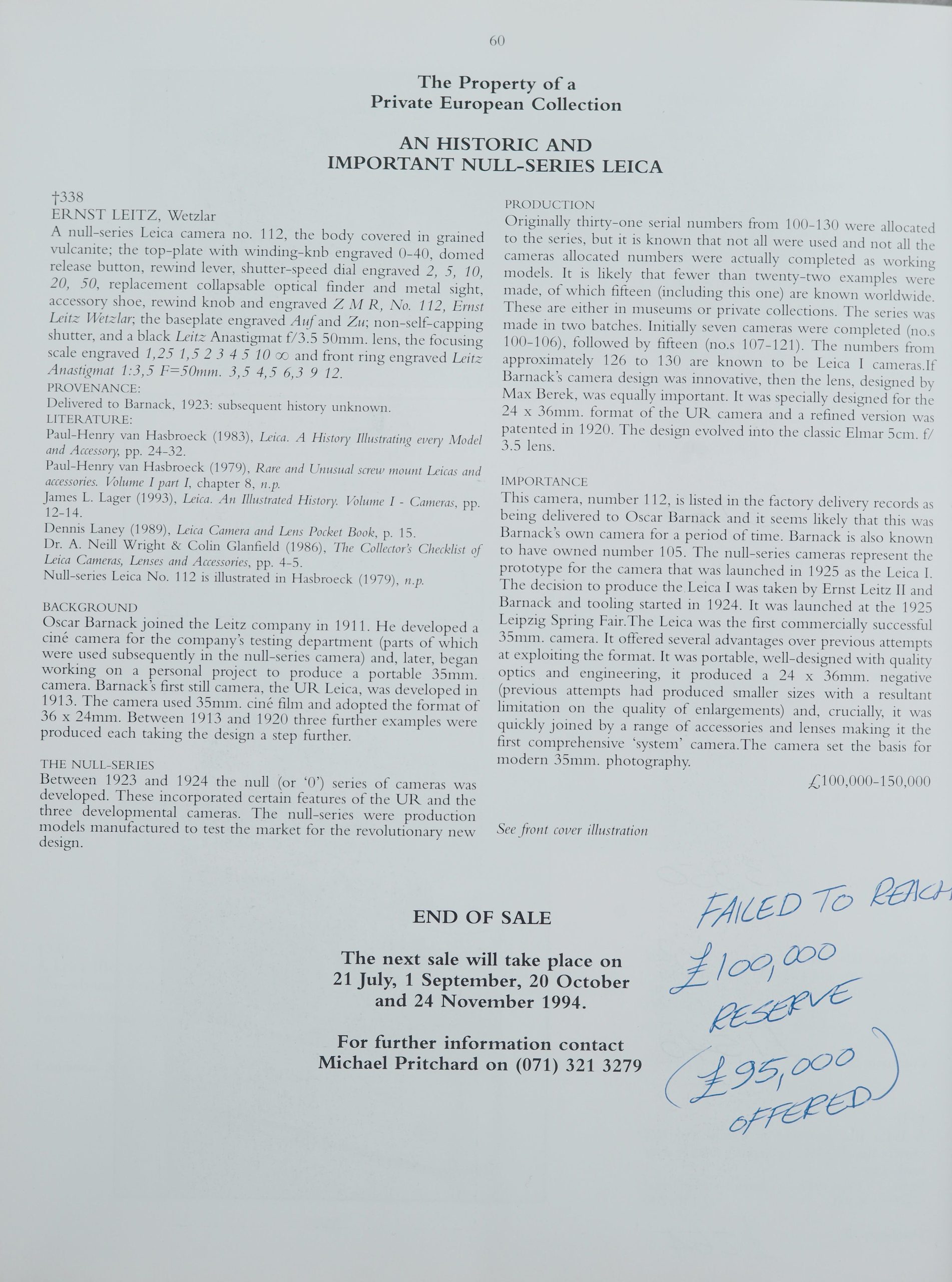
The camera has not appeared at auction since then, but there have been several significant auctions of 0 Series cameras which have achieved very high prices, some of which are listed in my article linked above.
The differences between 112 and 105
The main difference between No 105 and 112 is that the latter has a flip-up type viewfinder with an aiming lever which can be rotated in front of the viewfinder, whereas the former has a Galilean finder. This feature on the 112 can be clearly seen here and in the original Christies’ cover photo.

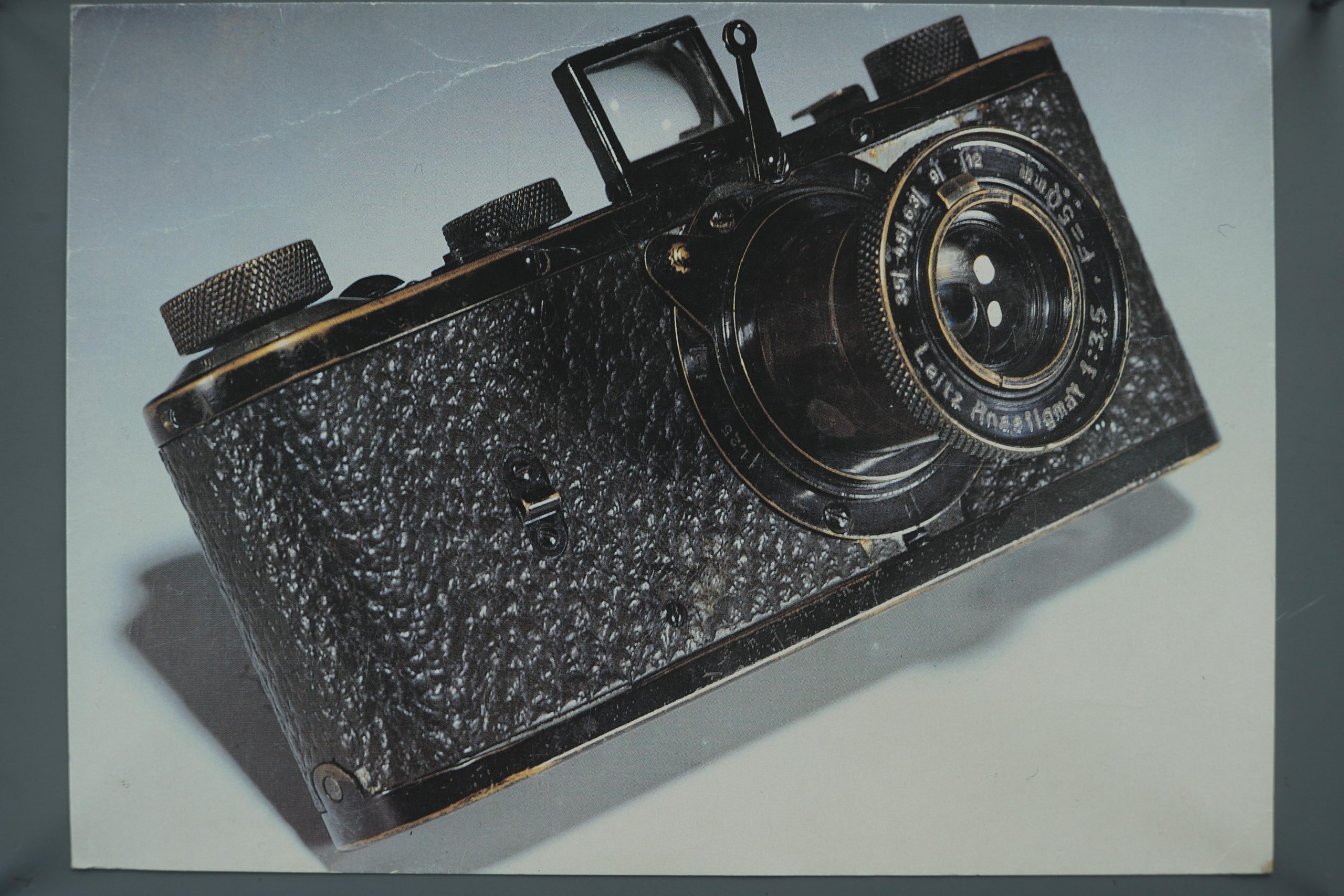
Other features which are common to both cameras are
The Leitz Anastigmat 50mm f 3.5 lens
Slit widths rather than shutter speeds — see my linked article for details
A non-capping shutter, which must be covered when winding, in this case we just have the stay for holding the string for the cap
One internal change, which is noted but not visible, is a replacement pressure plate
There is some vulcanite missing, but nobody in their right mind would attempt to ‘repair’ this.
This is a crucial historical item, and I expect that the price will track recent developments. It is always very difficult to predict what will happen at the auction and how many serious bidders will compete for the item.
Catalogue No 8 — Start price €800,000 — Estimated Range €1,500,000 – 2,000,000
There are many other interesting items in the auction, and I will cover them briefly here.
2. The 100th Leica
This is an example of the very first commercially available Leica, a I Model A from 1925 with a 50mm f/3.5 Leitz Anastigmat lens. It is, appropriately enough for a centenary, the 100th Leica ever made, No 225, which is presented here in a set. The set includes an early ETRIN Case, a FODIS rangefinder, two FILCA film cassettes, A and B models, and a container which holds the cassettes within the case.
Catalogue No 9 — Start Price €50,000 — Estimated Range €100,000-120,000
3. Leica M3 700 000
The next item is a Leica M3 with the significant serial number 700 000. Collectors will recognise that the first items issued in the M3 range had serial numbers issued in the 700,000 range. This was not the earliest M3, but it was the one with the lowest serial number. It has later design elements such as the fully rounded body ends which are not found on the earliest models. It was, in fact, issued on 2nd June 1955 to Professor Stefan Kruckenhauser as a recognition of his pioneering work on Alpine photography.
The name Kruckenhauser has significance for me as I have the first English edition from 1937 of his wonderful book, “Snow Canvas: Ski, Men and Mountains with the Leica”.
I bought this at The Leica Society Annual Meeting in Corsham in 2016 from a member acquaintance for the princely sum of one pound, but I had no pound coins, and he had no change from a fiver. So, I took it back to Ireland.
The following year, in Chester, I walked up to him with a pound coin and handed it to him. He asked, “What is this for?” I just said “Kruckenhauser” and he smiled and accepted the coin. Apart from the beautiful photographs, the book contains Kruckenhauser’s notes on every photograph which includes subject, lens used, aperture, shutter speed, filter and notes. I kept a notebook when using slide film in the 1980s and recorded the same details.
Going back to the M3, this is a beautiful item with great provenance, which comes with a nice example of the collapsible Leitz 5cm f 3.5 Elmar lens and a beautiful presentation case.
Catalogue No 110 — Start Price €300,000 — Estimated Range €500,000-600,000
4. Gunther Leitz’s M3 700 027
By way of contrast, also in the auction is an M3 with the serial number 700 027 which was issued on 27 February 1954 to Gunther Leitz, who was the fourth son of Ernst Leitz II. By 1954, Gunther Leitz had become Managing Director of the Leitz Company. In contrast with No. 700 000, this earlier camera has a sharp corner at the front and back of the top plate.
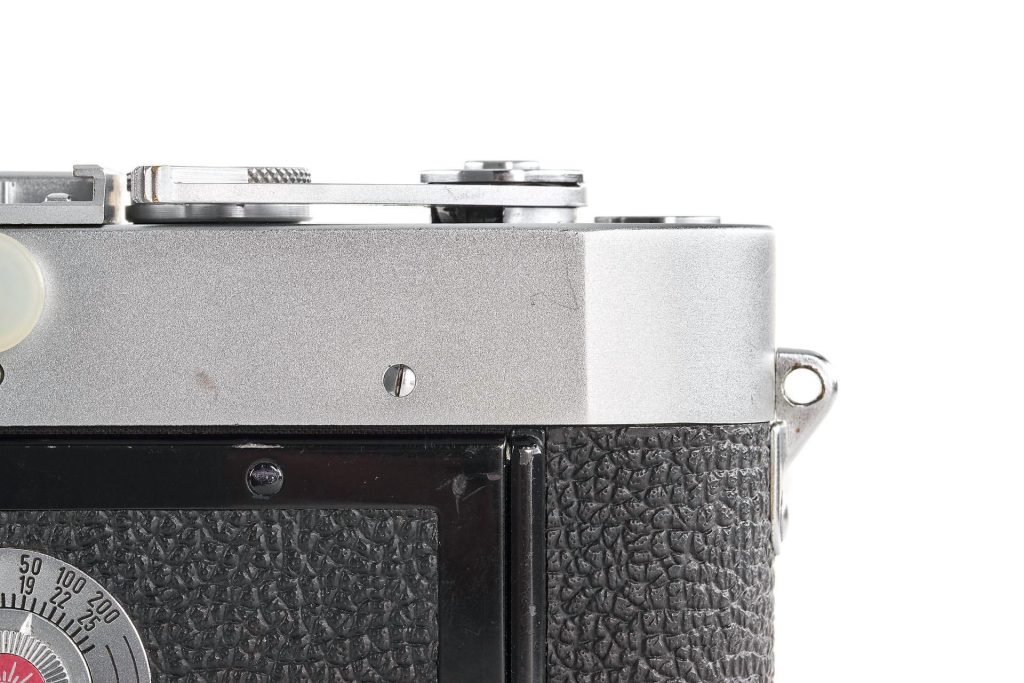
The camera also comes with an early collapsible Leitz 5cm f/2 Summicron lens
Catalogue No 112 — Start Price — €160,000 – Estimated Range €160,000-200,000
5: The rare M prototype
The next item is a rare M prototype, which was previously shown in the book “Prototype Leica” by Lars Netopil. It is from about 1966, and it features the angled rewind knob which was first provided on the Leica M4 model. It also features a combined viewfinder and illuminator window, which was not ever provided on a production M model.
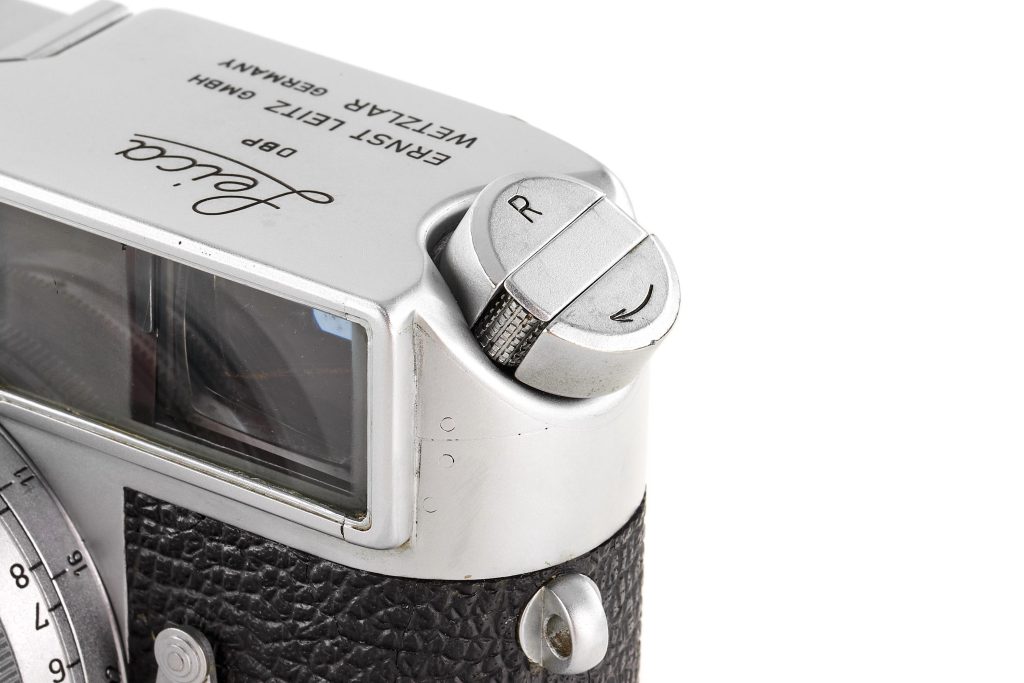
The camera does not have a serial number, and it is just marked ‘M’ on the top plate
It is supplied with a 35mm f/2.8 Summaron lens with the unusual serial number 0000241, and it is also described as a prototype. There are differences as compared with the one in my collection, and this one is only marked in feet, whereas my one has both feet and meters.
This is a very rare item which sits between several models and has features not seen in a production model.
Catalogue No 138 — Start Price €120,000 — Estimated Range €200,000-240,000
6. The Army type
To follow on this one is appropriate, a very rare Leica M4 Bundeswehr (German Military) from 1970 in olive green with a 50mm f/2.8 Elmar lens. Only 31 such cameras were made, and the delivery date for this one was 28th December 1970. We have recently seen the launch of the M11 Safari edition and this type of finish is still popular today. The Bundeswehr olive green cameras are much sought after. As of this writing, the article has already attracted a bid of €200,000.
Catalogue No 239 — Start Price €120,000 — Estimated Range €240,000-280,000
7. The 1935 Thambar
I saw the next item recently at the Leitz Auction premises in Vienna, but I did not recognise it for what it is. This is a prototype of the legendary Leitz 9cm f/2.2 Thambar lens from 1935. It is in chrome instead of the usual black paint found on production models.
The other main difference is that it has largely a single aperture scale instead of the usual double scale which is used to indicate the effective aperture available when the soft-focus filter is used. This could indicate that the work of calculating the effective aperture scale had not been completed when this prototype was made. This is an interesting historical item which goes under the code name TOODY.
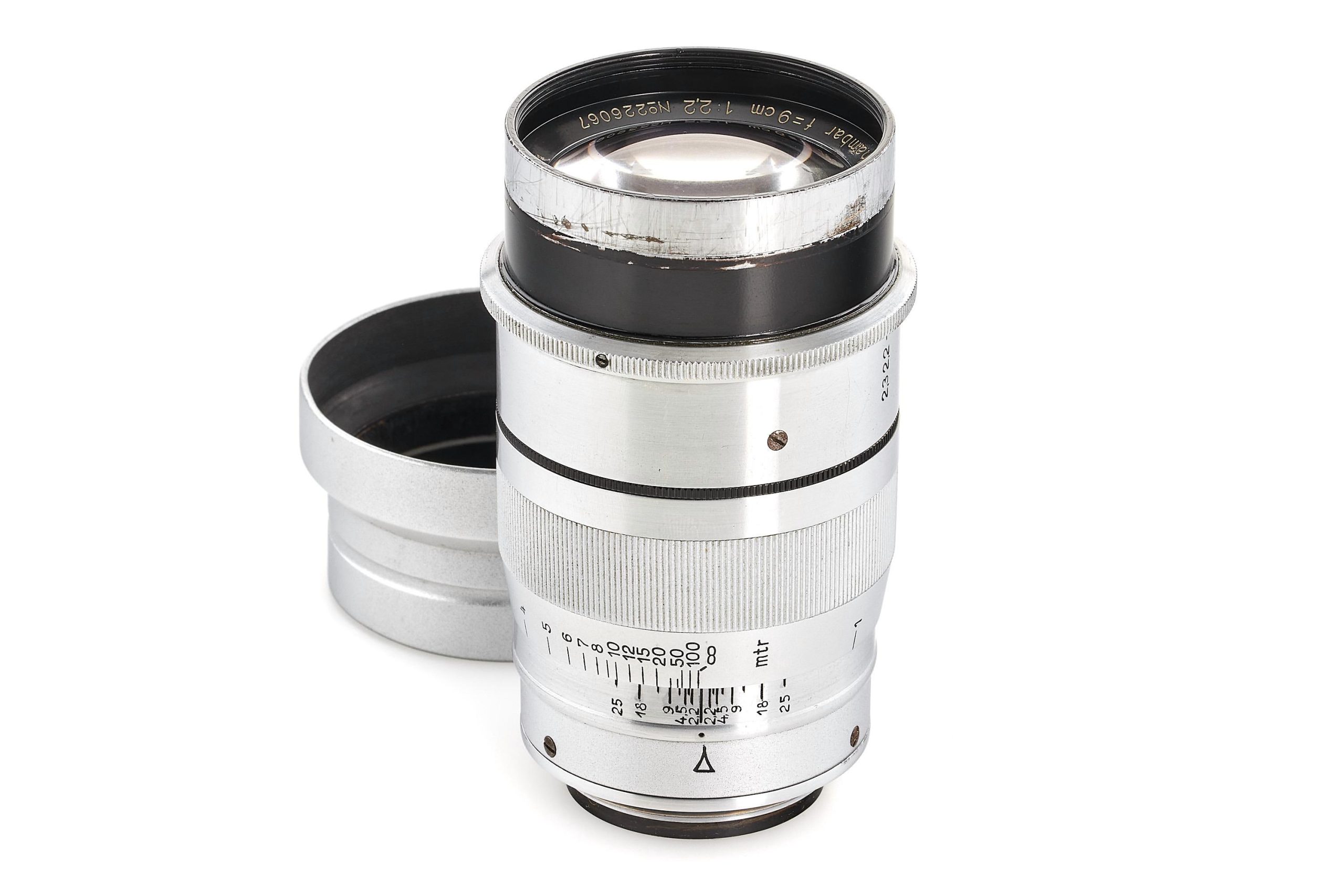

Catalogue No 102 — Start Price €6,000 — Estimated Range €12,000-14,000
8. The Binplastico binocular
If there were a prize for the most exotic name in the auction, this item would win it.
This is the Leitz Binplastico 30×90 Observation Binocular from 1928. The Binplastico has unique prism arrangements which allow the eyepieces to be swivelled to permit shared viewing by two persons simultaneously. Despite its somewhat military appearance, the binocular was for civilian use with a coin meter which allows viewing for up to one minute.
The binocular set comes in a fine wooden box with keys and other parts, including what look like ‘Leitz coins’ for testing the device.
The base of the set shows place names in Southern Germany, which, I believe, are east of Stuttgart.
I think this is a wonderful item which shows the range of other optical engineering done by the Leitz company during the 1920s as it developed its Leica camera systems.
Catalogue No 252 — Start Price €10,000 — Estimated Range €20,000-24,000
Now for two items not made by Leitz/Leica
9. The Seitz panoramic camera
The first has a very familiar sounding name “Seitz” which is a Swiss company that specialised in making panoramic cameras. This one was made to order for the Belgian Army, and it is called the Seitz Roundshot Rotocamera SM 60. The camera can rotate 360 degrees, and it uses 120 or 220 roll film. The lens is an 80mm f/2.8 Carl Zeiss Tessar.
Catalogue No 388 — Start Price €2,000 — Estimated Range €4,000-5,000
10: The Gandolfi of Peckham Rye
For the final item we have true British ‘Camera Royalty’ with the last ever Gandolfi 8×10 Precision Camera made by the now defunct Gandolfi company of Peckham Rye in London. Gandolfi made cameras for over 100 years, led in its final years by the sometimes irascible Fred Gandolfi, son of the founder, Louis Gandolfi. These are cameras made by true craftsmen in the best meaning of the word.
Look out for the piece where Fred shows how to use the ‘hag’s tooth’.
Friends of mine who knew Fred said that you had to stay on his “good side”. If you did that, he would produce all kinds of lovely things, such as bespoke 120 backs.
This lovely set comes with Schneider and Rodenstock lenses and a 5×4 back all packed in a metal box along with a letter of authenticity signed by the great Fred Gandolfi
This is a true piece of British craftsmanship and camera history. Friends who have Gandolfi cameras swear by the precision and reliability.
Catalogue No 386 — Start Price €2,000 — Estimated Range €4,000-5,000
46th Leitz Auction: The lesson
I will repeat what I usually say about such auctions, that they represent a lesson in the history of cameras and photography. Even if you are not going to buy anything at the auction, have a look at the catalogue. You will learn a lot about the history of Leitz/Leica and other camera makers. Whatever you do, don’t miss No. 112. If that camera and its “companions” had not succeeded, you would not have any Leicas to play with today.
The auction takes place in Wetzlar at noon, Central European Time, on 27 June 2025. You can bid online if you wish.
Follow the auctions on Macfilos
Make a donation to help with our running costs
Did you know that Macfilos is run by five photography enthusiasts based in the UK, USA and Europe? We cover all the substantial costs of running the site, and we do not carry advertising because it spoils readers’ enjoyment. Just a small one-off or regular donation will be appreciated, and we will write to acknowledge all donations.

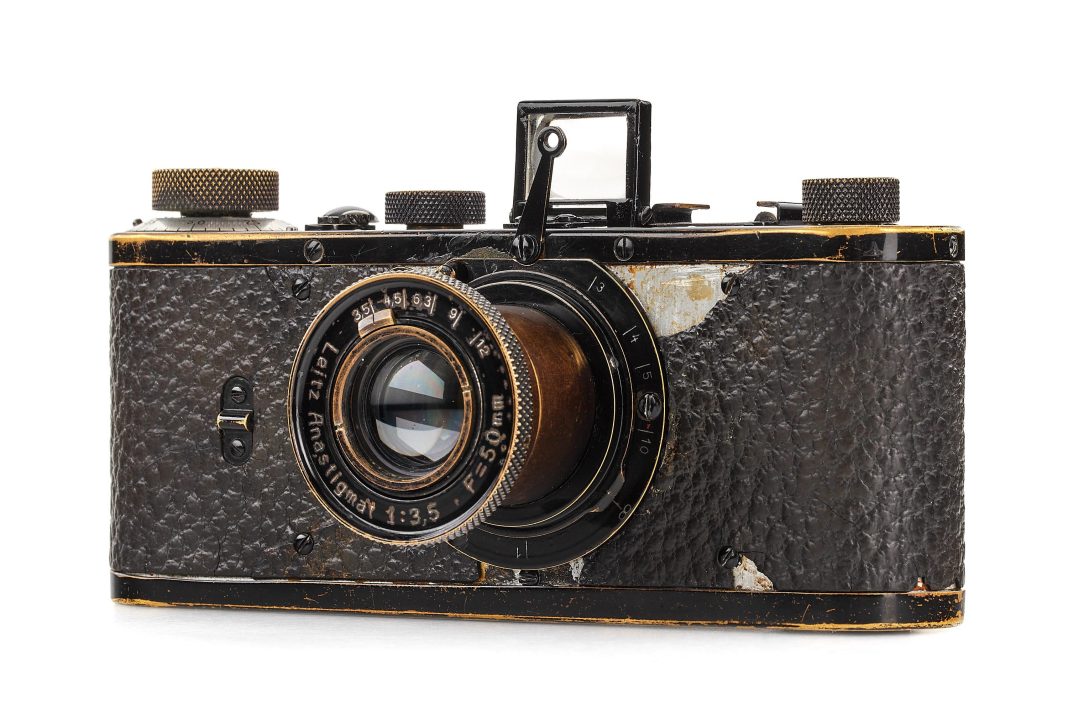
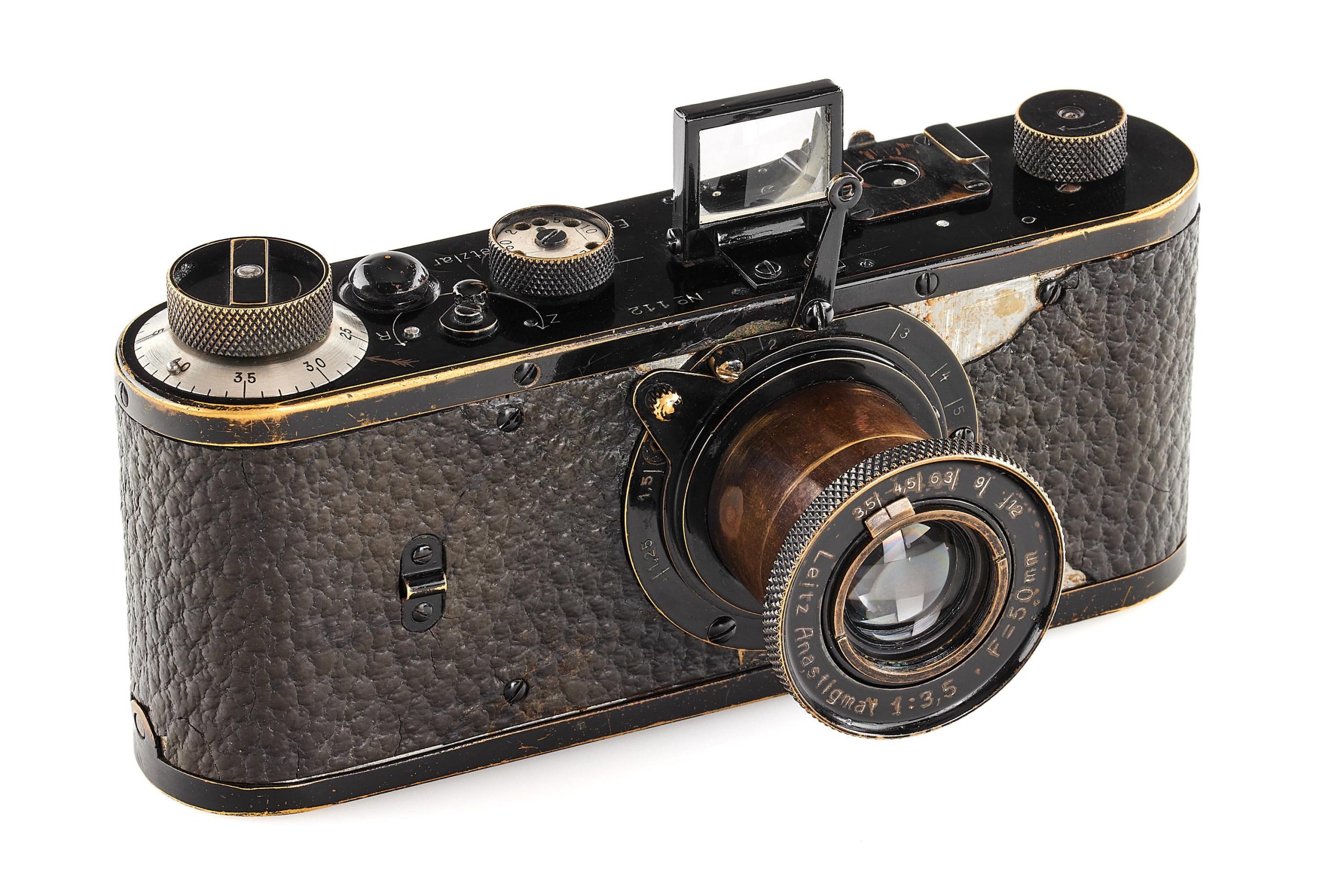
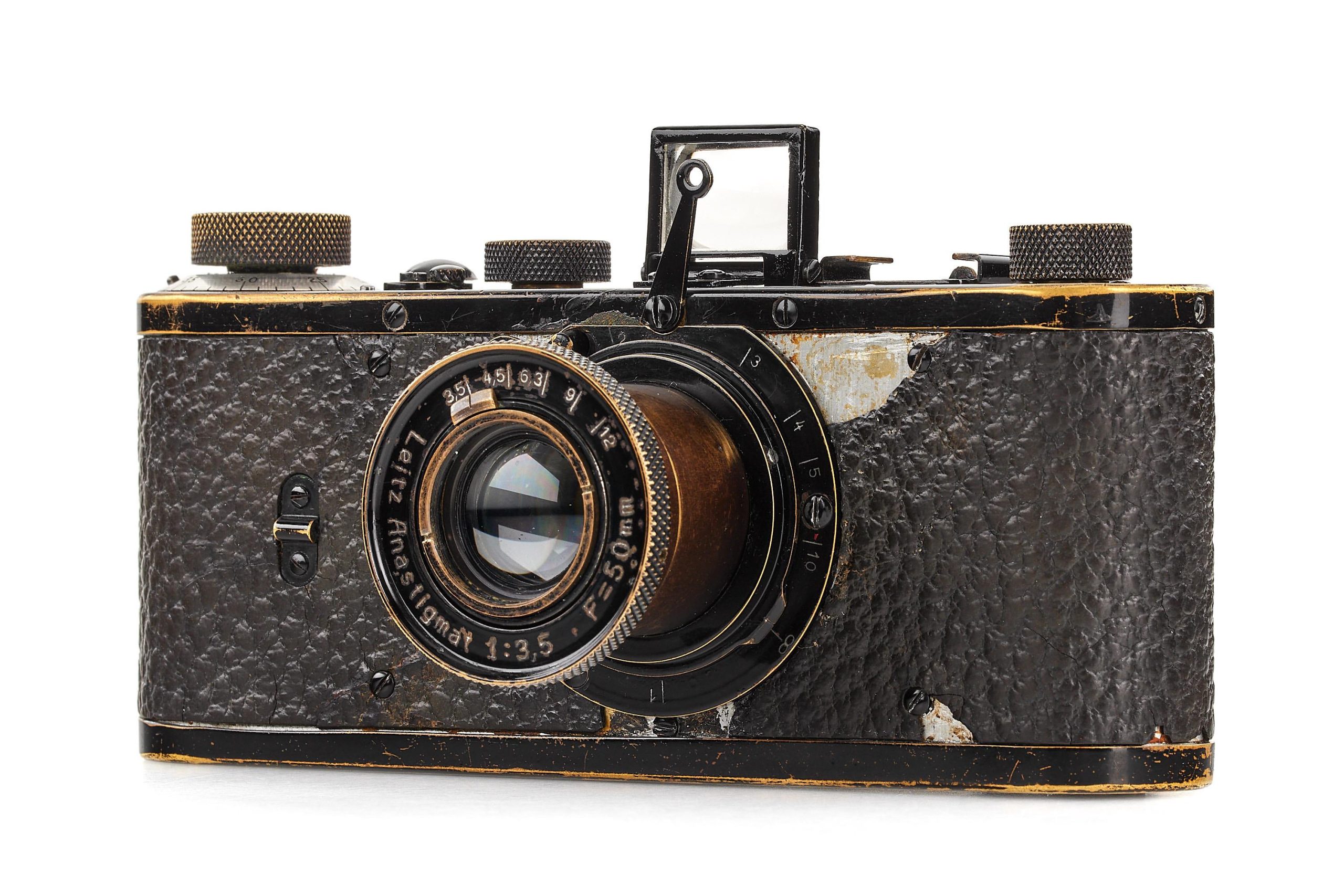
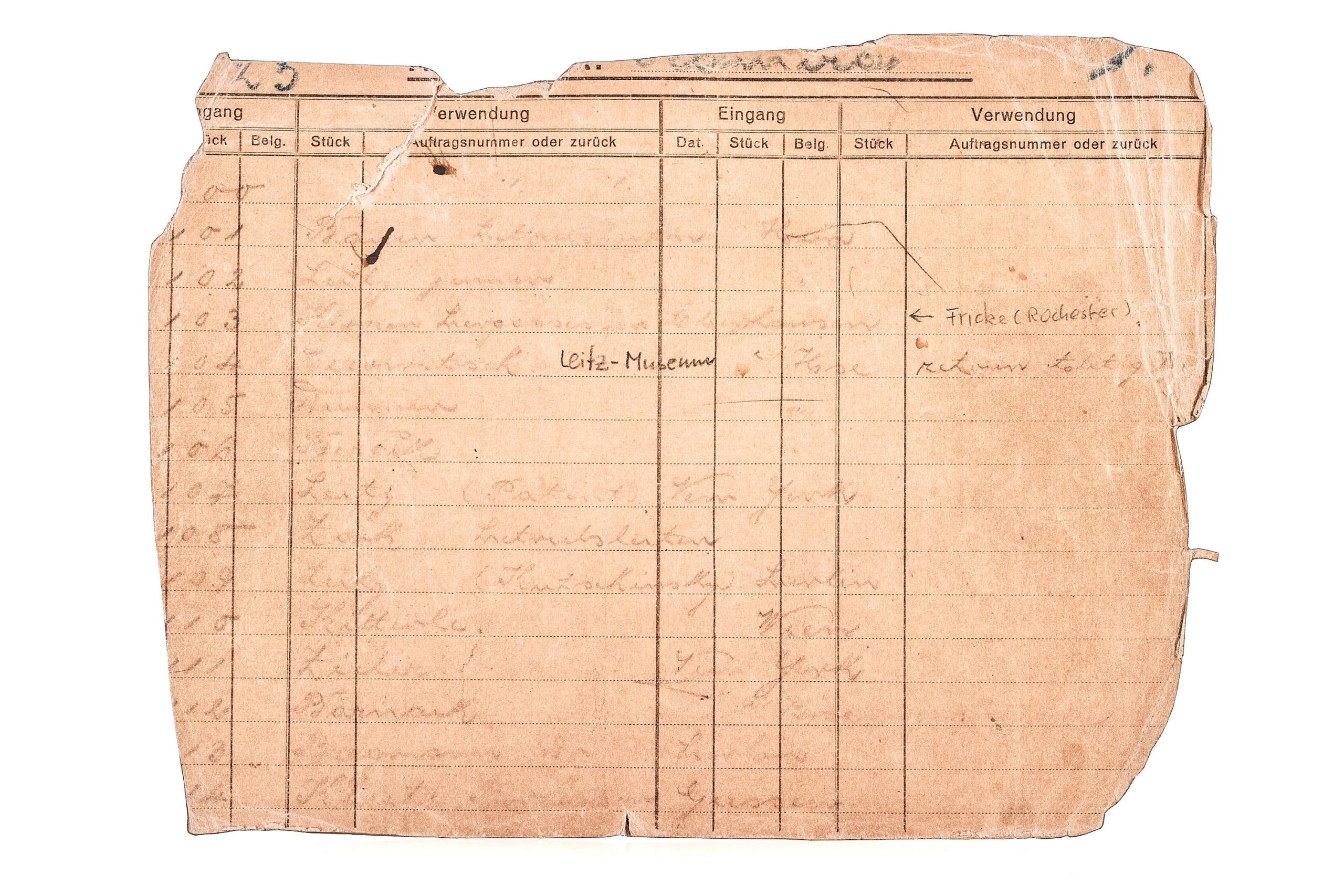
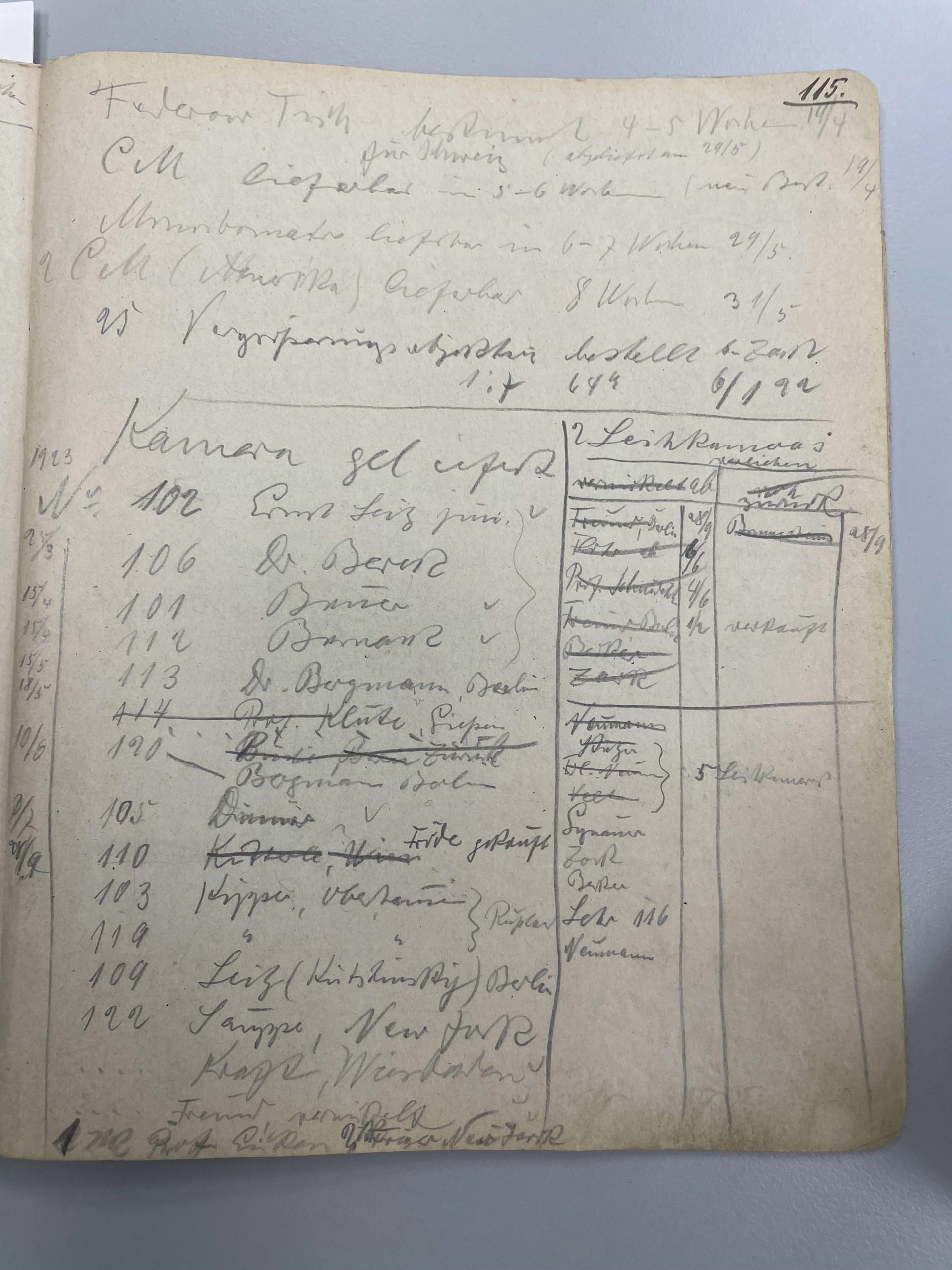
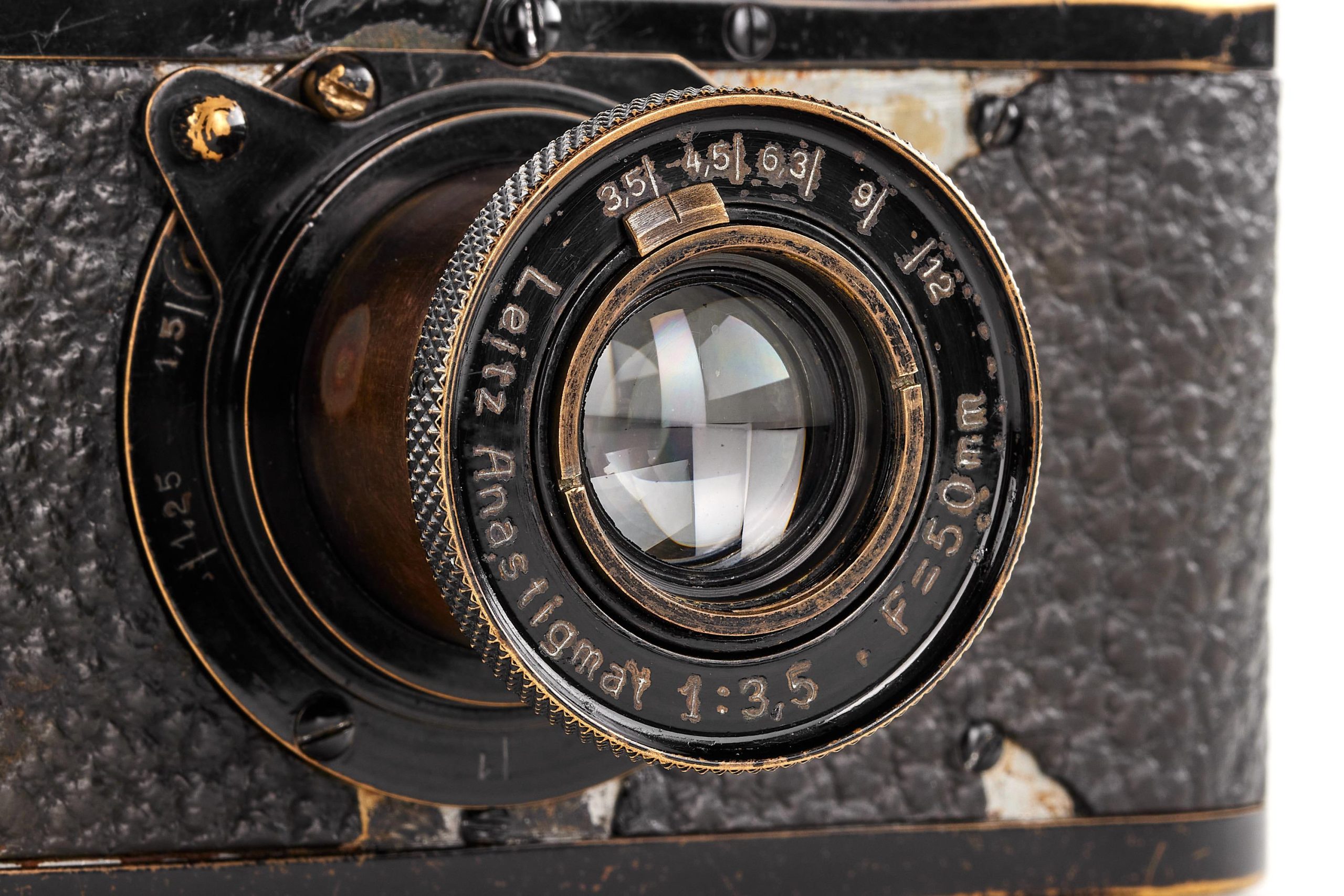
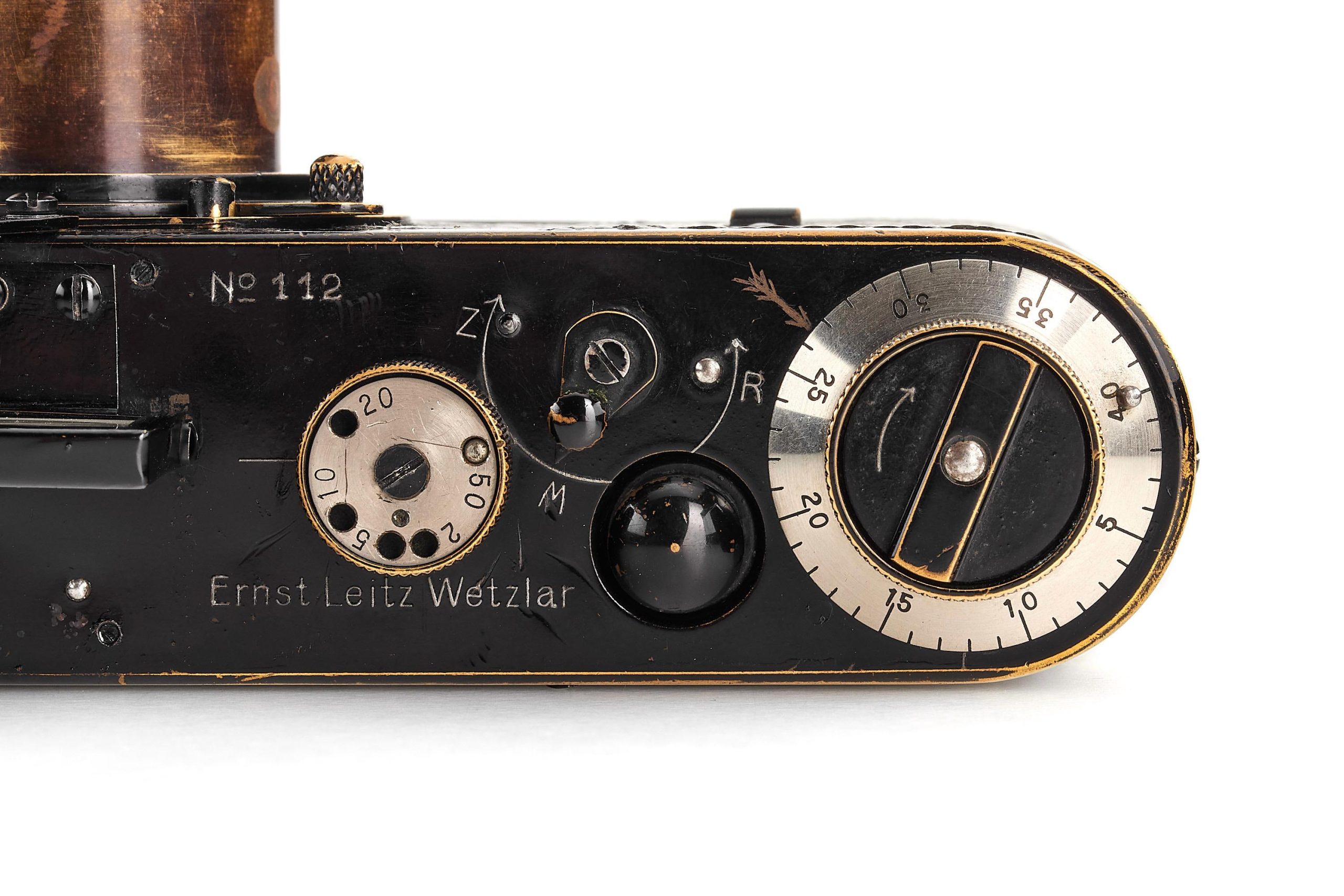
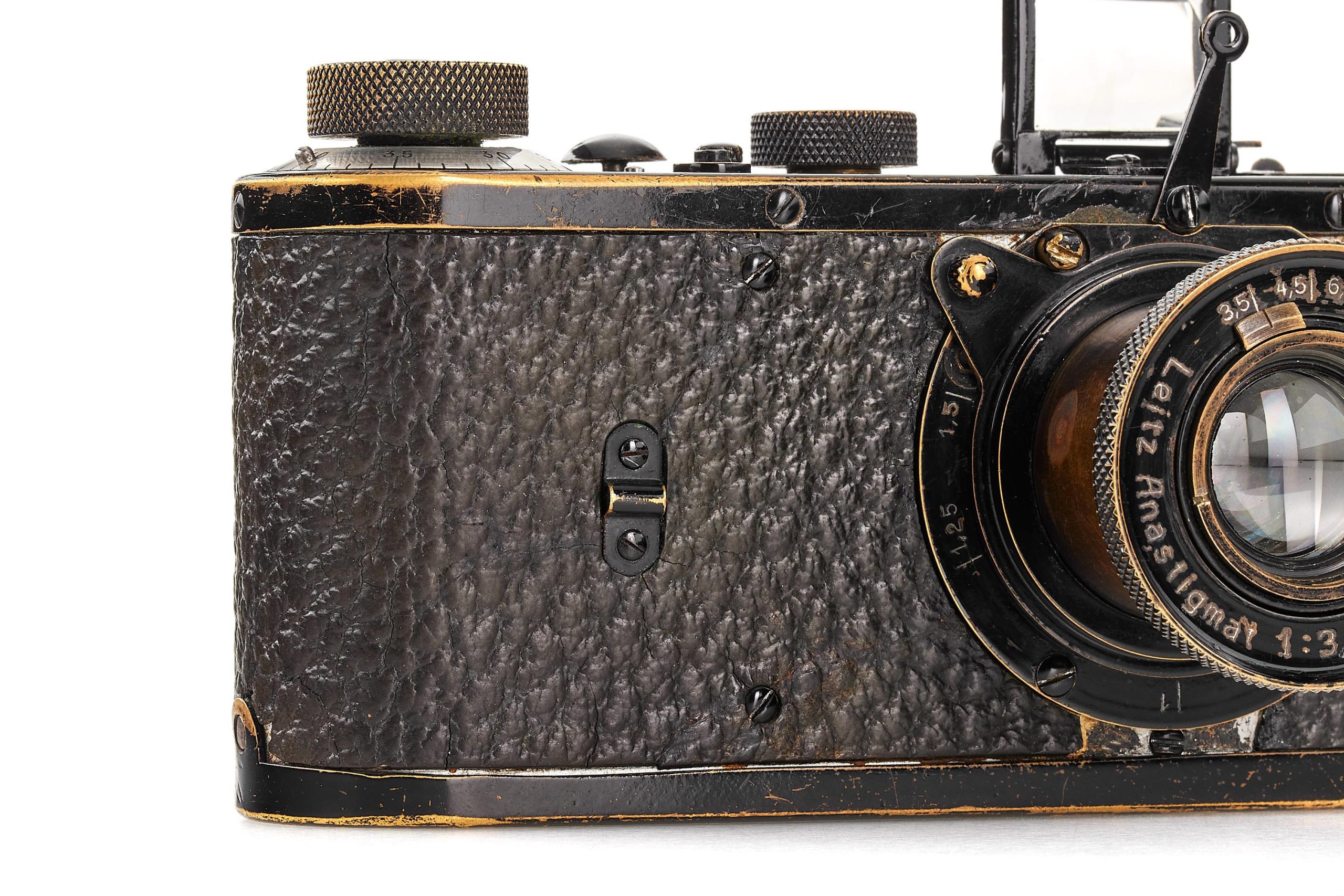
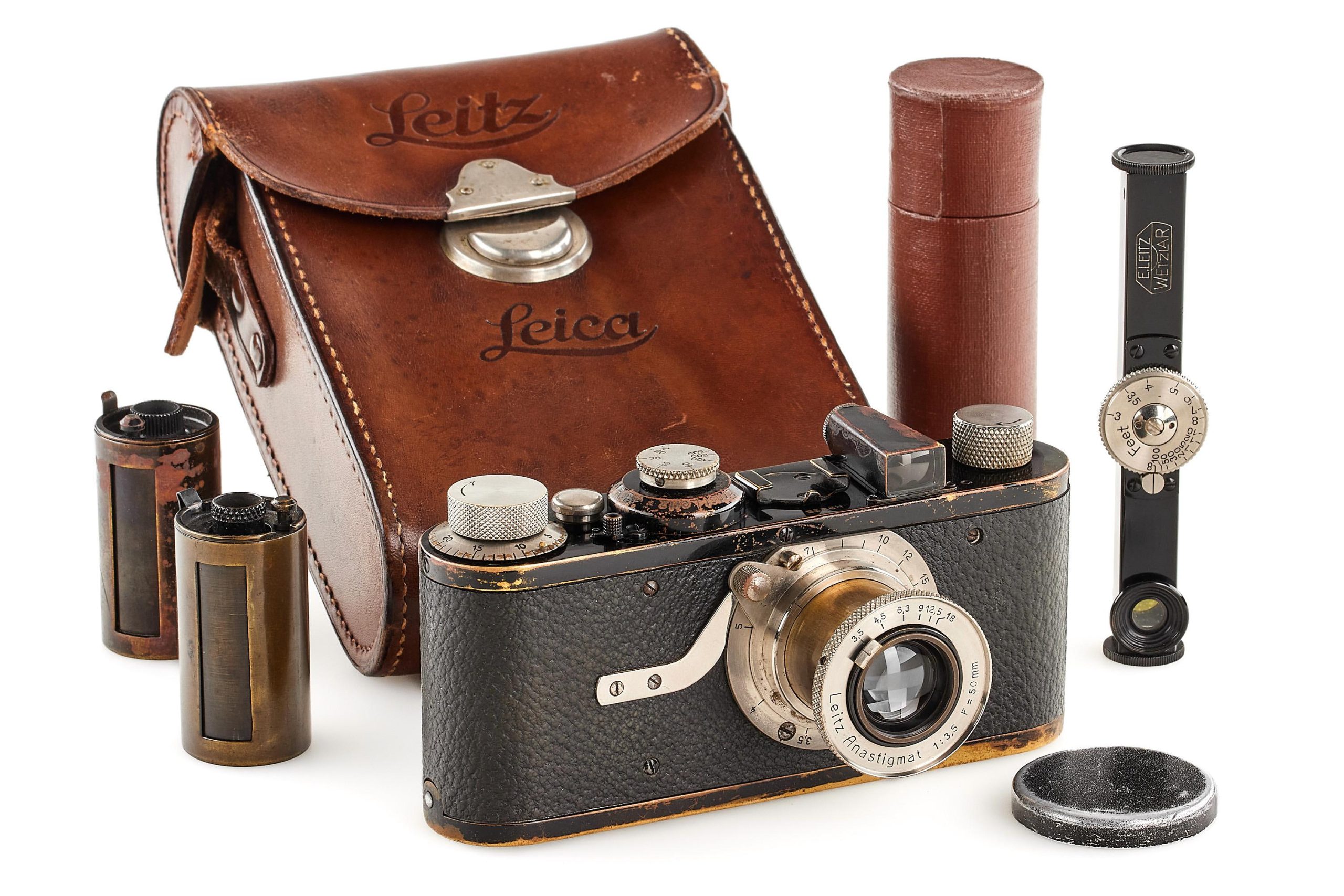
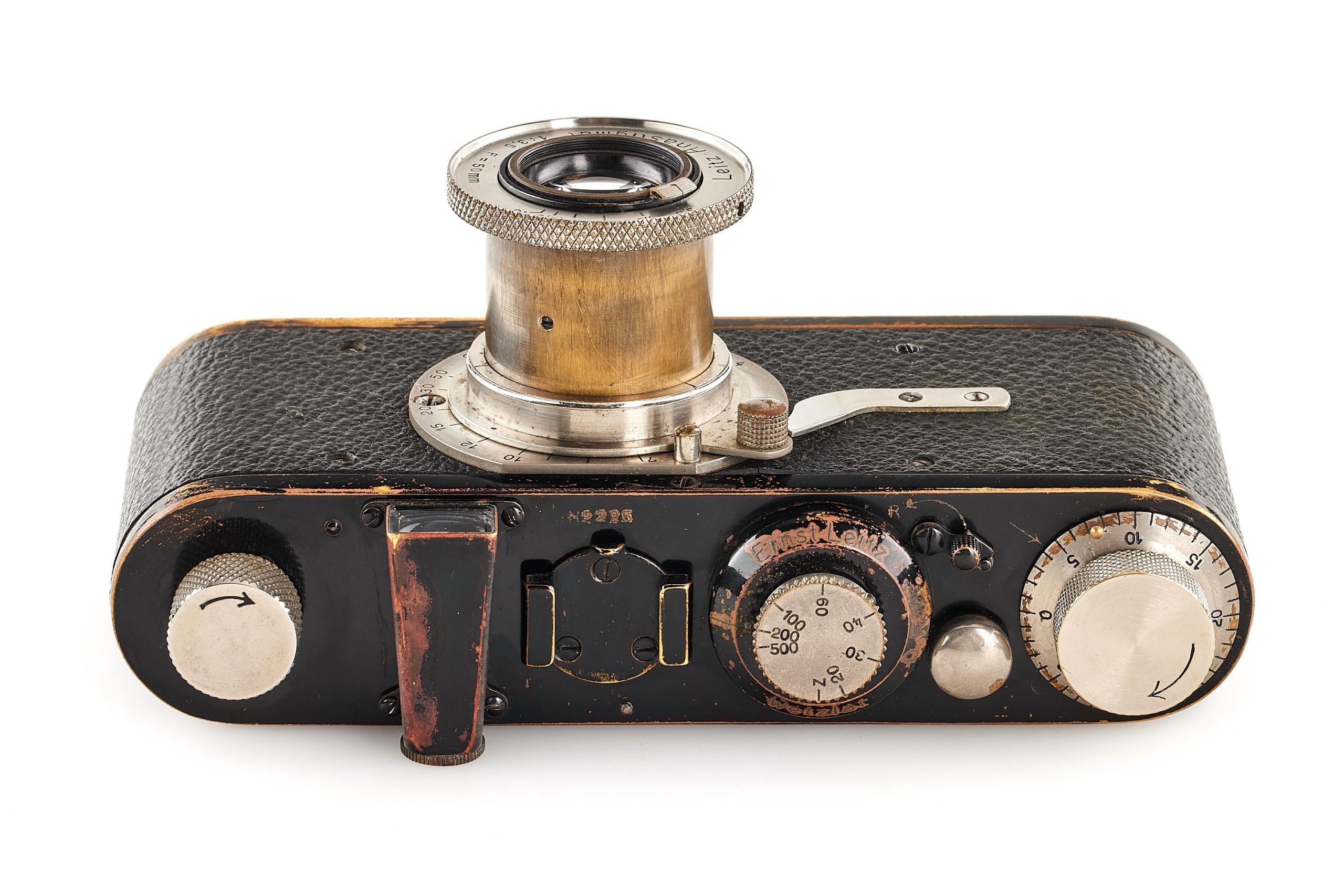
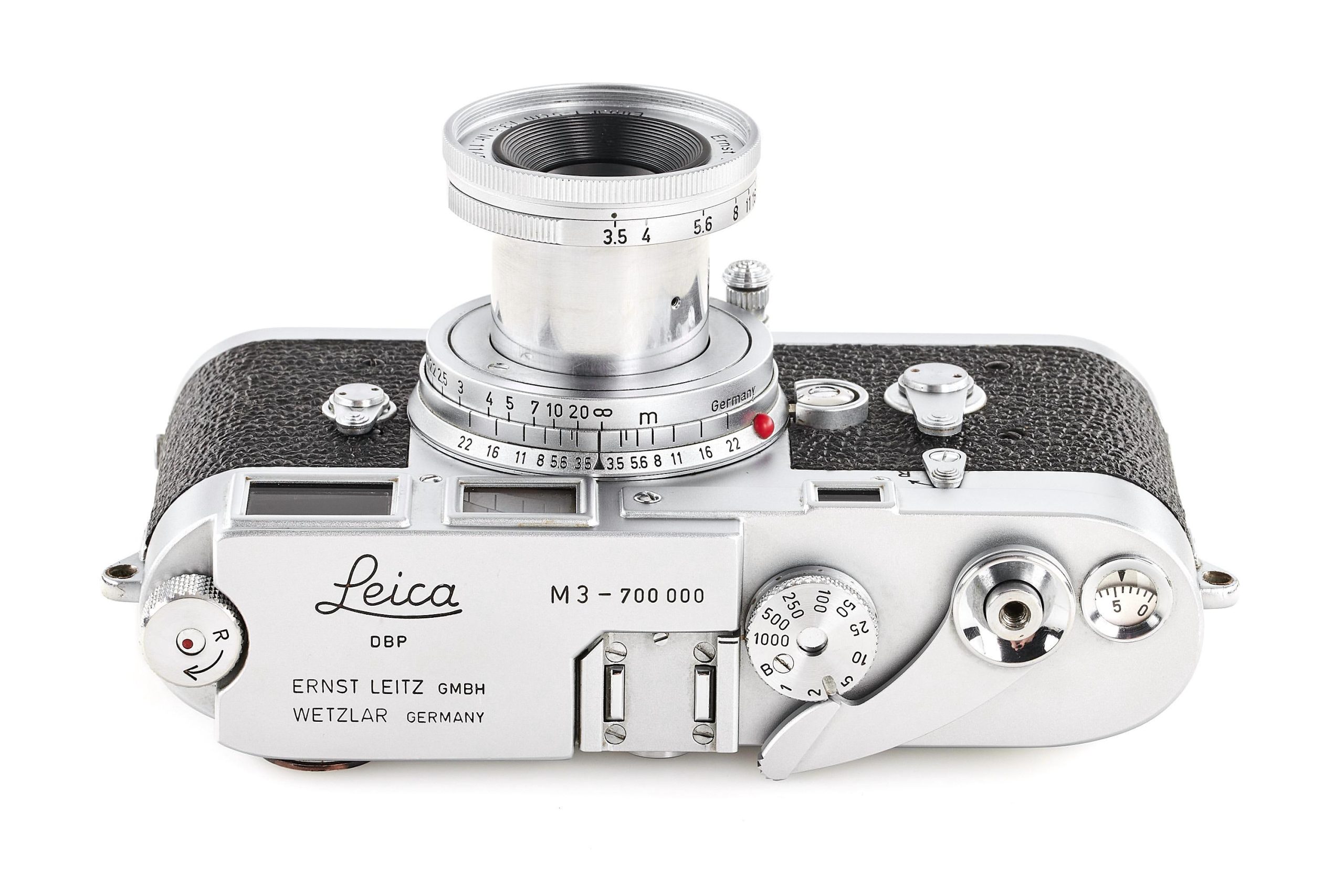
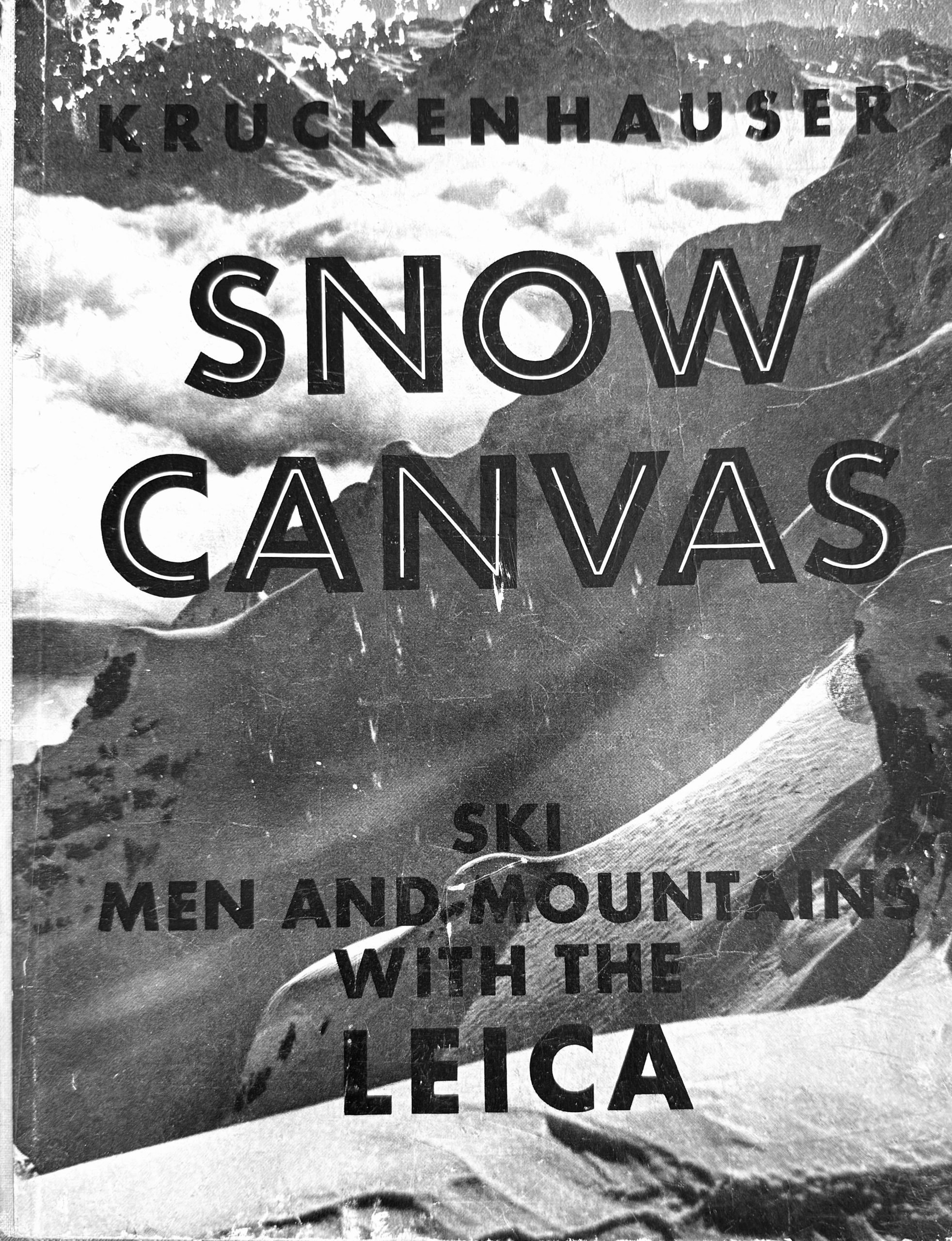
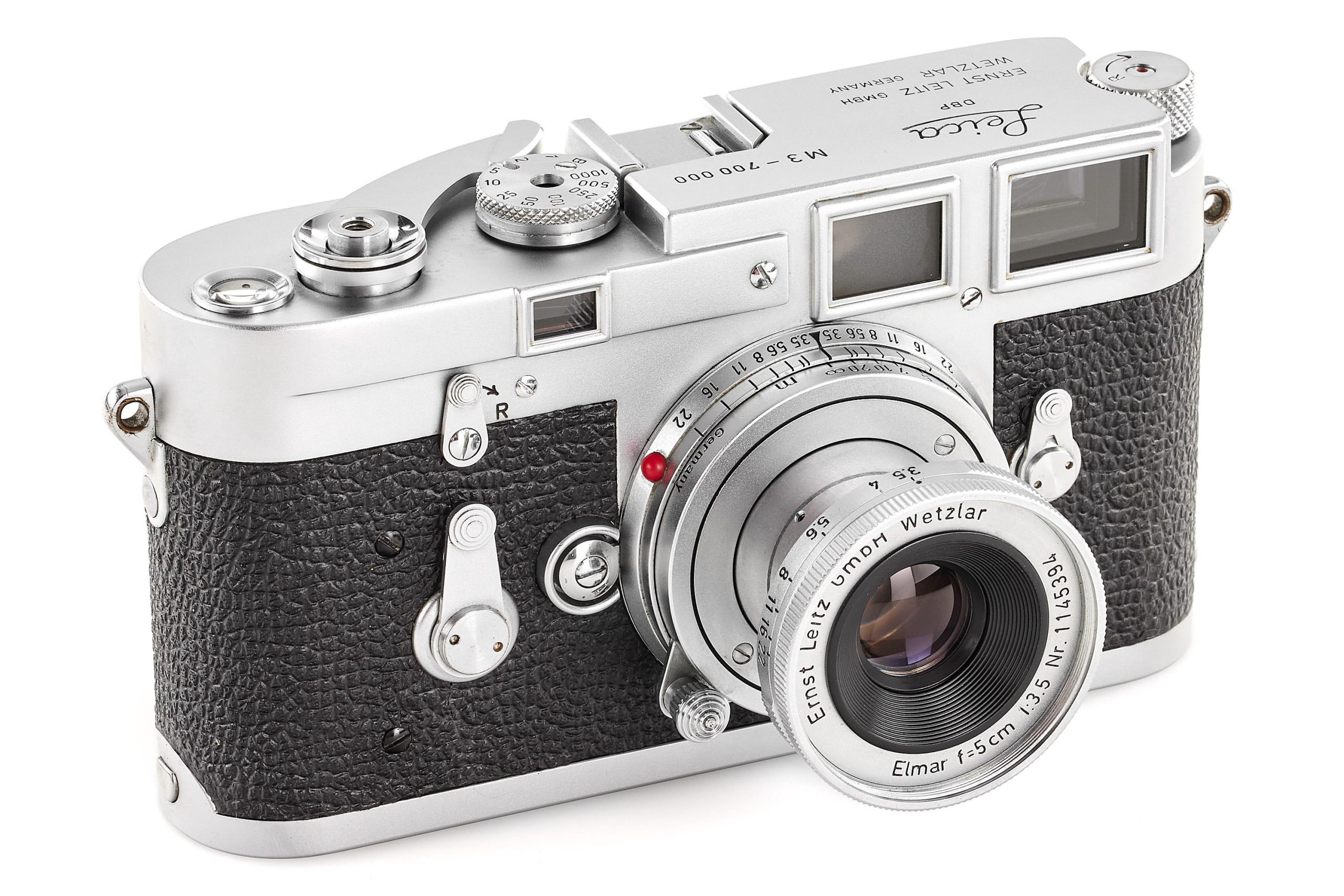
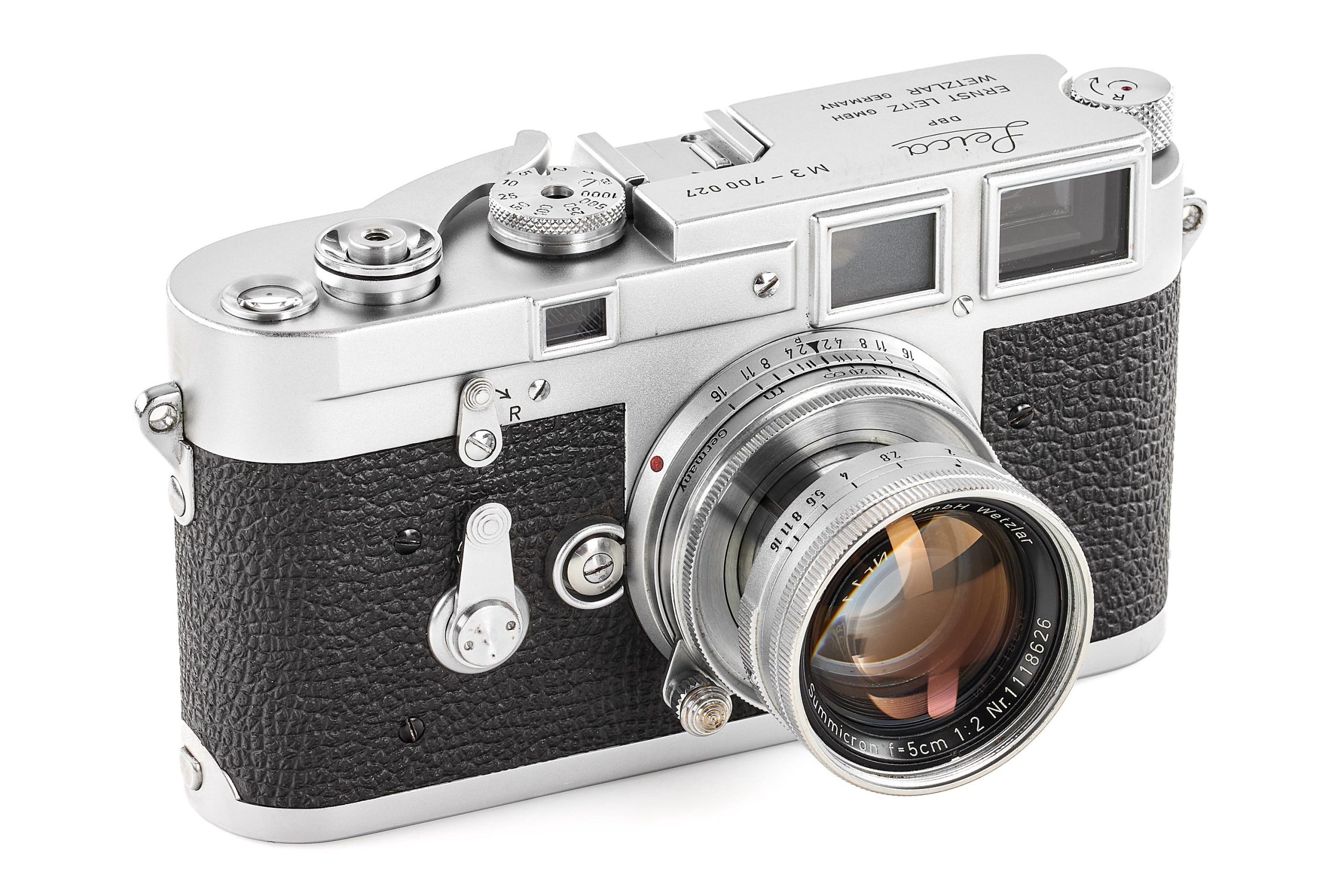
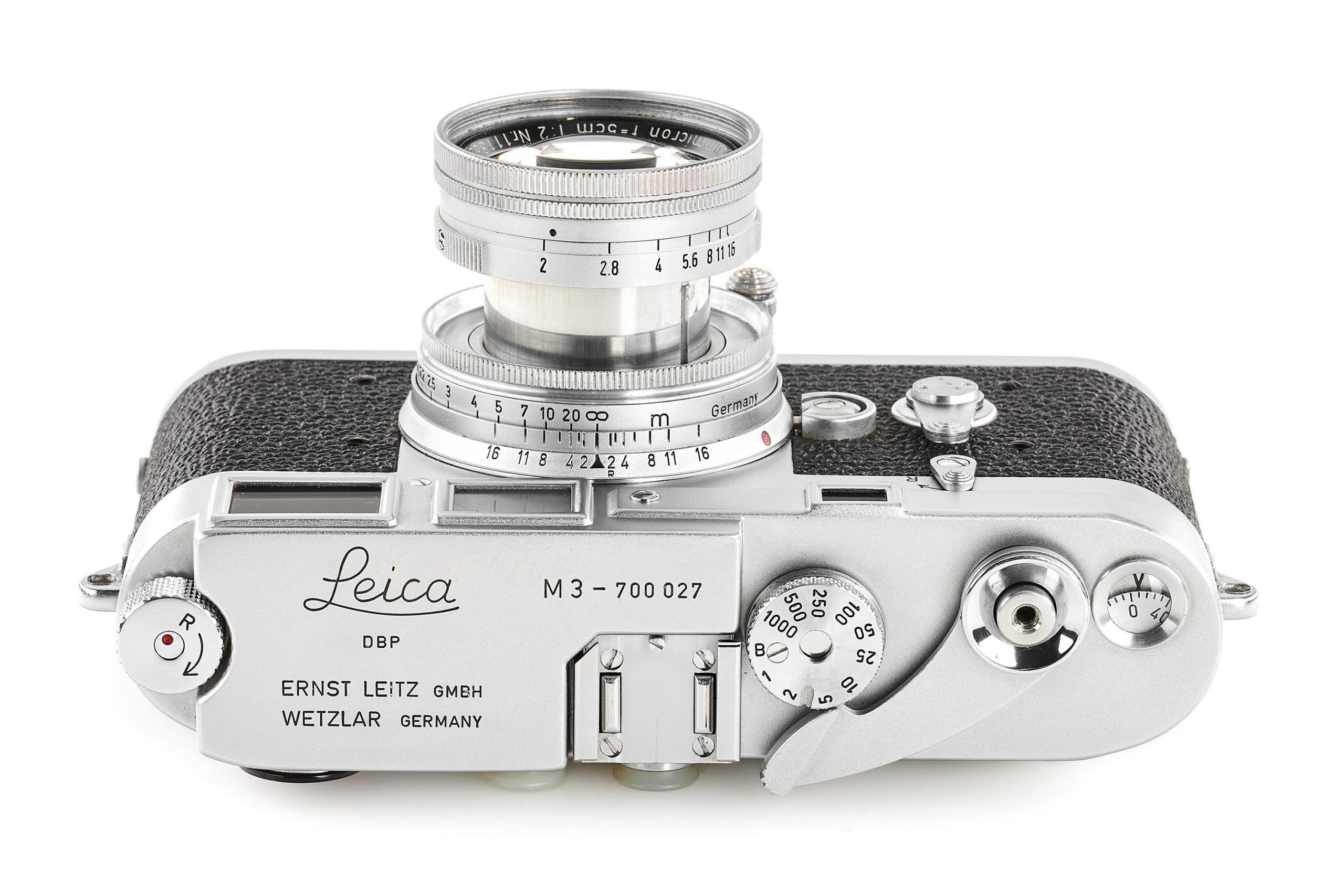
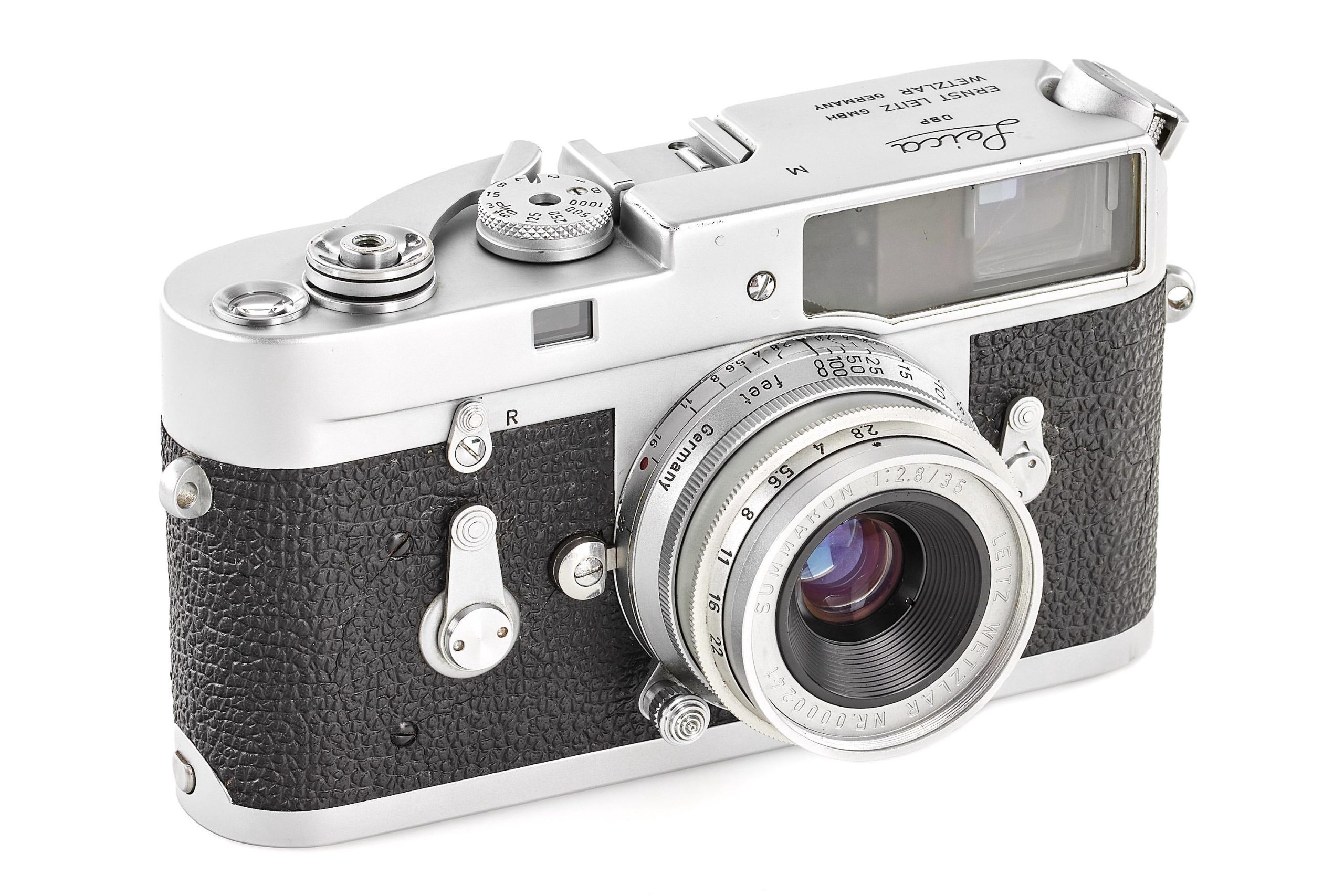
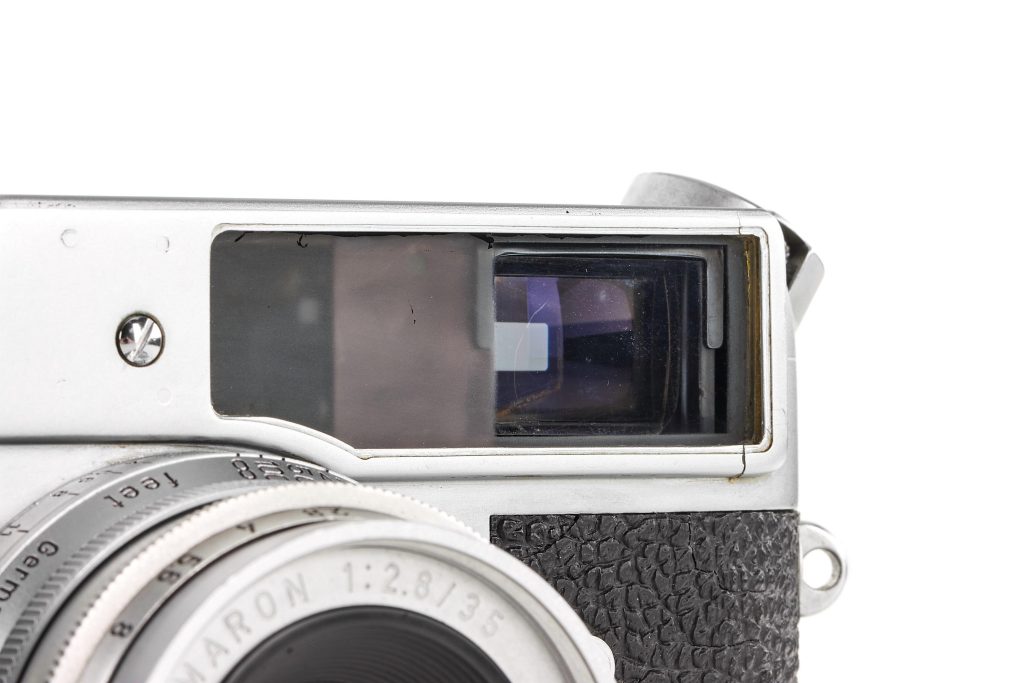
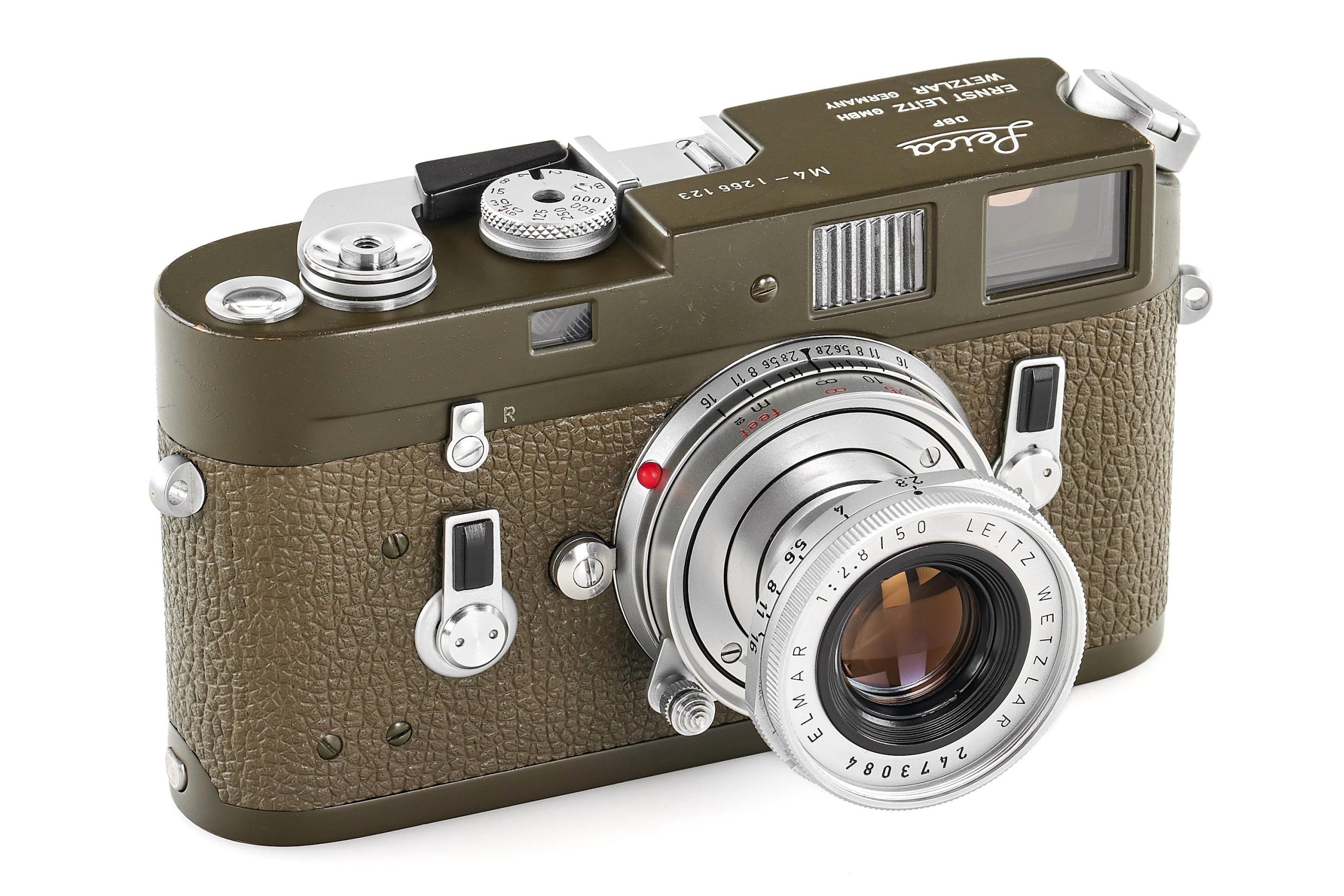
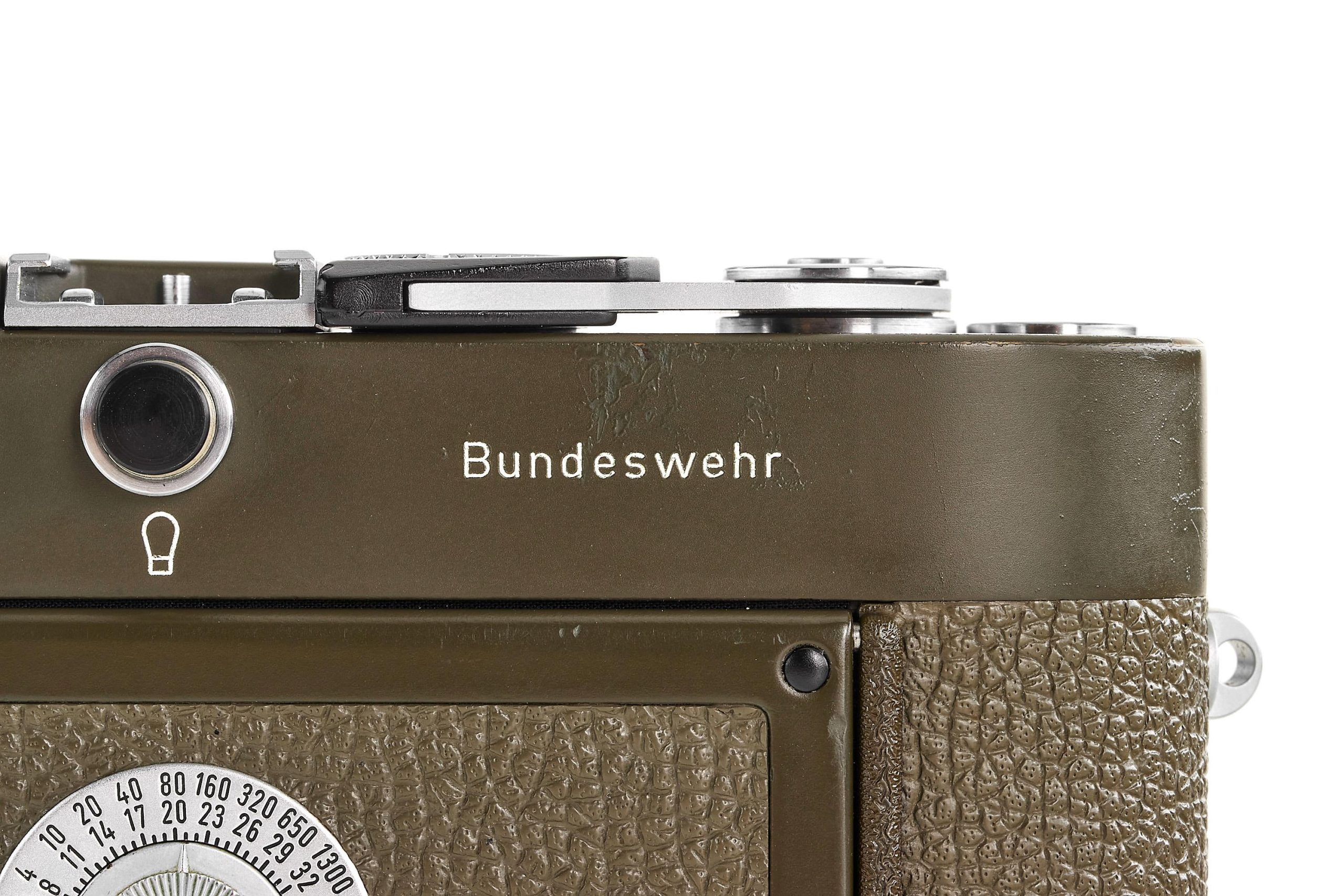
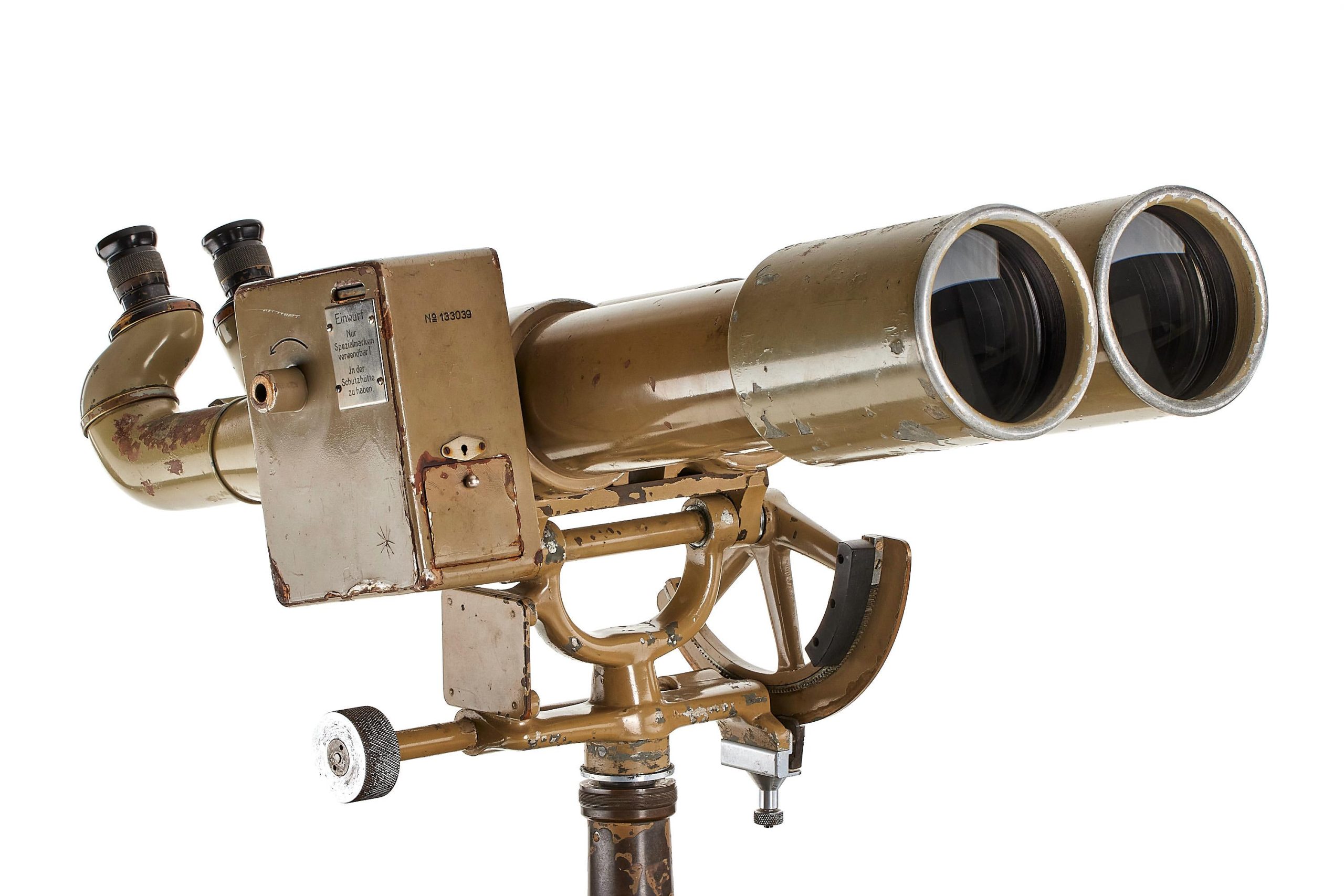
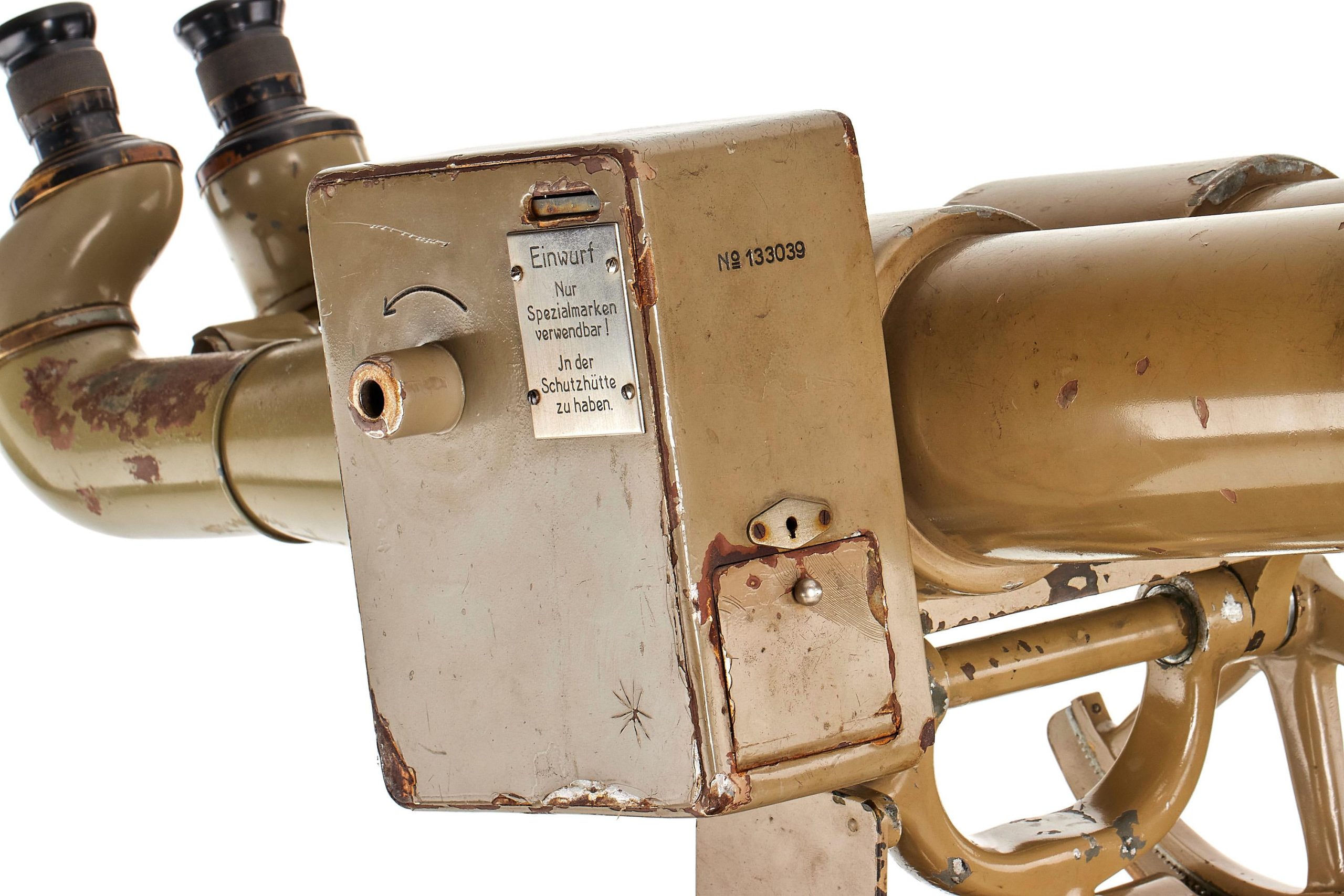
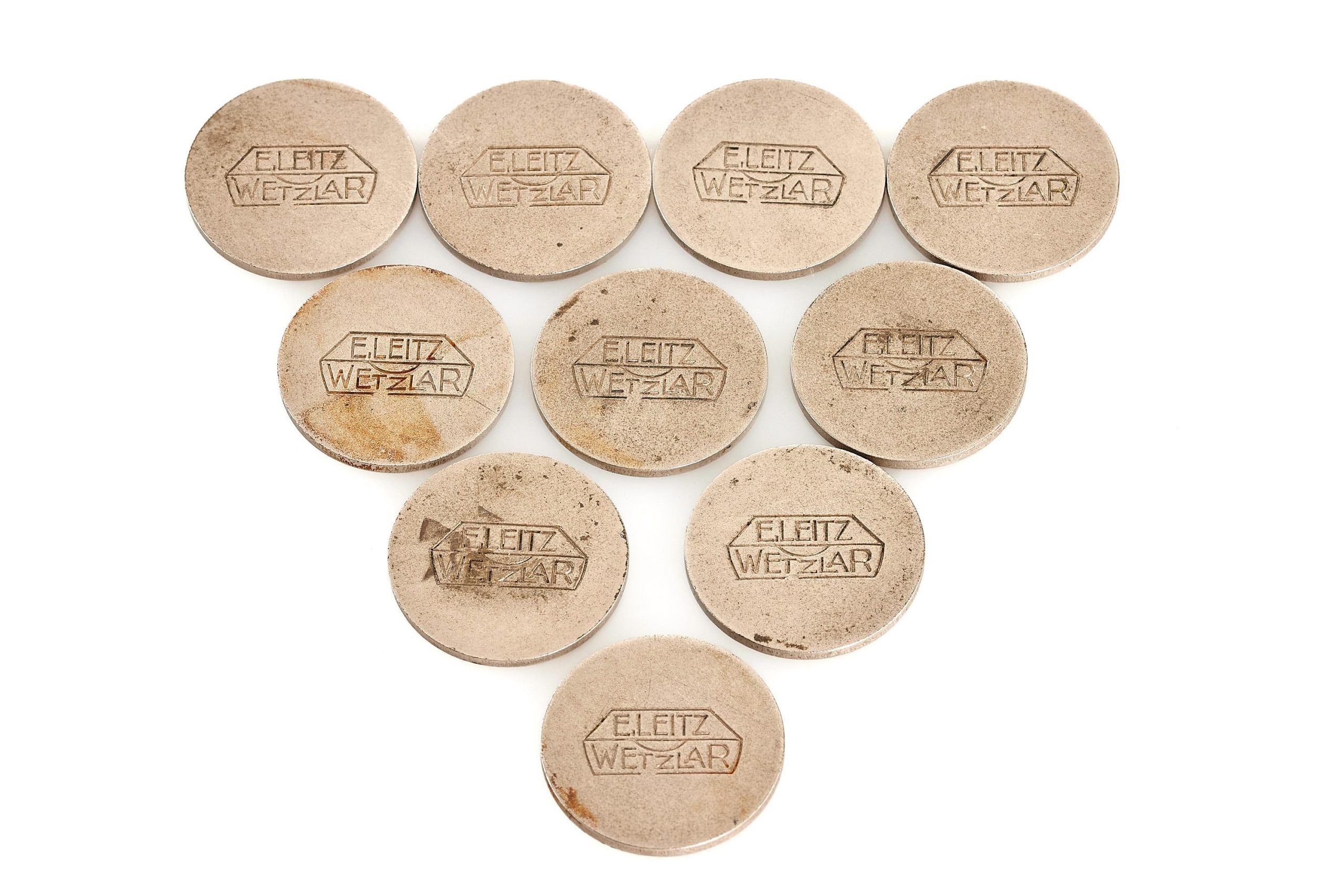
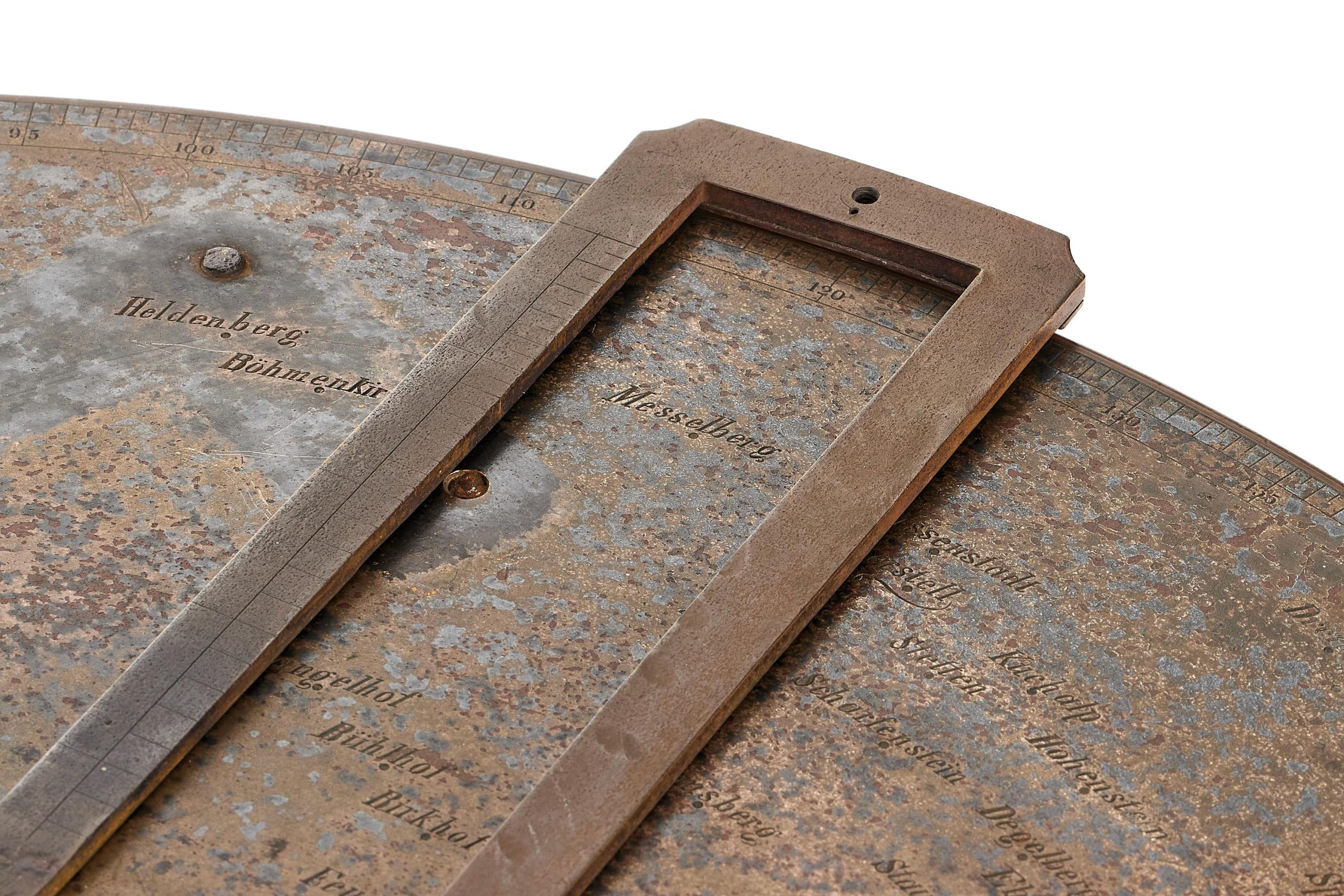
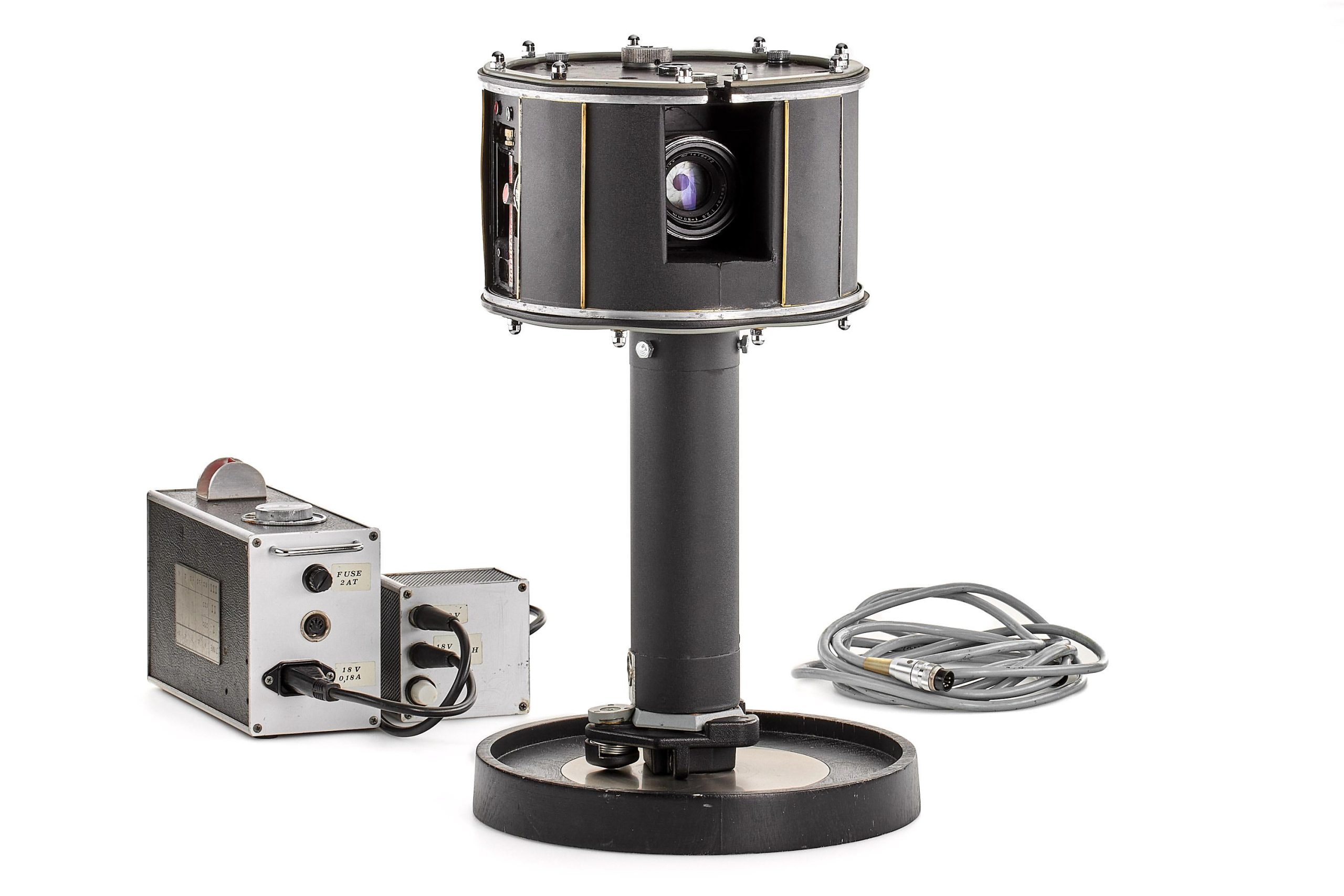

A good result for No. 112 – I think it was always going to do reasonably well. Does that make it the 2 nd.most expensive Null serie sold ? And / or the second most expensive Leica camera ever sold ( publicly. ) ?
Thank you William. The Gandolfi video was fascinating – will we ever see such craftsmanship again? I started my photography with a half-plate Kodak Specialist 2 so it was very much a trip down memory lane for a photo dinosaur like me!
Enjoy the auction.
Best wishes.
Derek
Great to hear from you, Derek. Yes, Fred Gandolfi was one of a kind. I left out the bit where he refused to sell one of his cameras to the photographer Lord Lichfield and told him that he would only make one for Lichfield’s cousin, the Queen. I recently catalogued a substantial collection of photo equipment for our National Photographic Archive. The few Leitz/Leica items were some projectors and filters, but there was a substantial amount of Kodak equipment of all kinds, dating back to the 1880s, reminding me yet again how important your former employer was in the field of photography.
William
Thank you William for this article on the 46th Leitz Photographica Auction in Vienna. Of course, one of the rare null series, number 112, is sure to send the auction counter into overdrive once again. Observers in the room will undoubtedly get an adrenaline rush even if they are not directly participating in this auction. I already have a small collector’s item with the reception today of the very beautiful catalog dedicated to this sale and in honor of the 100th anniversary of the first Leitz camera.
Good to see you on here, Pierre. No Luxus models this time, I’m afraid. No 112 will take the limelight, of course. Because this auction is being held in conjunction with the 100th Anniversary Celebrations for the Leica Camera in Wetzlar, there could be quite a number of inexperienced bidders for other items in the catalogue which might liven things up a bit.
William
I note there is no suggested range for bids for no. 112. I have the feeling it may do rather well – certainly better than the £ 95,000 offered in 1994. I bet the non – winning bidder then regrets not offering the extra £ 5,000 ! I don’t think it will be in my price range – but wish the sales team well. Only € 14.4 million to beat !
Thanks Christopher. There is an estimated range of €1,500,000 – 2,000,000. It should beat inflation and then some. Good to see you on here.
William
Surely it should beat no. 116 ( € 2.16 million in May of 2012 ) and no. 112 ( € 2.4 million in 2018 ) – but will it beat no. 105 ???? It will make a few headlines if it does !
Great article William. Enjoy the auction and all the 100th festivities.
Thanks Alan. You will get a full report about the goings on in Wetzlar.
William
Take a look at the original distribution record, and see the notation to the right for #103. Rolf Fricke, one of the founders of the LHSA, who passed away a few weeks ago. This notation means that #103 was in Rolf’s collection at some point in time. Interesting!
Thanks Bill, As I said in my earlier email to you, we can ask his son Oscar Fricke about this. If the Frickes do not have it now, we can ask at the Archive when we are there in a few weeks from now. I have also mentioned what I know about No 104, but I could not share that on a public forum without the agreement of the owner.
William
Wonderful and exciting, William, thanks! I have been looking at the auction catalogue, but I am not sure if I can afford to bid. I won’;t be in Wetzlar unfortunately.
Thanks, Lex. I’ll let you know how it goes. I’m expecting the overall event to be a bit of what the British call a ‘bunfight’ with 800 attendees expected. I will try to do a bit of research and networking while I am there, of course.
William
William, do you think that if I were to manage to purchase said Leica 112 that I could have it re-covered in a nice safari green
leather? I gather from friends that safari green is all the rage these days.
Keith, not even Wayne would do that! Nobody is ever going to walk around the street using a priceless multi million Euro camera, so the missing vulcanite does not matter. If you to sell it, the replacement vulcanite might actually detract from the price.
It was great to see you again in Vienna last month.
William
Excellent article as always, William. So much history here.
Thanks Chats
I look forward to seeing you in Wetzlar later this month.
William
100%
Great article William
It will be an exciting auction – which I suspect I will have to miss!
All the best
Thanks, Jono. You will be there for the other days, I hope. The big Leica items are towards the beginning of the auction and, if you are still around, you might enjoy sitting in for a while, even if you are not bidding.
William
Hi William
I’ll certainly be around for the other days – and I might drop in for the beginning of the auction. It will be great to meet up again!